Johann Sebastian Bach a biography in words and pictures.
The places where Bach worked and the most important people of his life.
Biographic timetable (Click for more informations)
ANCESTORS
ERFURT - THE CRADLE OF THE BACH FAMILY
Bach was not born in Erfurt, but I can rightly boast that the city is the cradle of the Bach family.
ANCESTORS
1685
CHILDHOOD AND YOUTH 1: EISENACH
Birth into a family with many children. Early death of the mother.
1685
1695
CHILDHOOD AND YOUTH 2: OHRDRUF AND LÜNEBURG
His father dies, moves to brother Johann Christian. Training as a musician
1695
1703
FIRST JOB IN ARNSTADT
Bach becomes an organist.
1703
1705
SIDE TRIP TO LÜBECK
Musical awakening experience with Buxtehude.
1705
1707
ASCENT AND MARRIAGE IN MÜHLHAUSEN
Bach becomes Kapellmeister and marries.
1707
1708
MUSICALLY AND FAMILIARLY RICH TIME IN WEIMAR
His family grows in Weimar and he produces many works with the art-loving prince. The stay in Weimar ends with a bad smack.
1708
1717
BACH COMPOSES MUCH SECULAR MUSIC AT THE COURT IN KÖTHEN AND HIS WIFE DIES
The Well-Tempered Clavier is written, along with many other works. His wife dies and leaves many children. Bach remarries and takes the singer Anna Magdalena as his wife.
1717
1723
THOMAS KANTOR IN LEIPZIG
Bach intensively produces church music, including his St. John and St. Matthew Passions. Private tragedies of child deaths overshadow the Leipzig years.
1723
1747
BACH MEETS FREDERICK THE GREAT IN POTSDAM
Bach visits his son Carl Philipp Emanuel at his residence in Sanssouci Palace and meets the regent.
1747
1750
OUTSTANDING OLD WORKS AND DEATH IN LEIPZIG
Bach wrote wonderful works for his old age, such as the “Art of the Fugue,” but physical ailments made it increasingly difficult for him to compose. An operation on his eye condition cost him his sight and shortly thereafter his life.
1750
THE CRADLE OF THE BACH FAMILY
Krämerbrücke (Merchant’s bridge)
Johann Sebastian Bach’s father got his first job as a town musician in Erfurt. During the examination he had to prove that he could play on 10 instruments. He moved into the Haus zum schwarzen Ross (House to the black horse) on the Krämerbrücke (Merchants’ Bridge) as his official residence. This unique structure is the largest built bridge in Europe and is still covered with half-timbered houses in the medieval style.
House to the black horse (at the back):
http://www.kraemerbruecke.de/de
Kaufmannskirche (Merchant’s church)
Here, in the Kaufmannskirche, all the festivities of the Bach family took place.
Kaufmannskirche:
CHILDHOOD AND YOUTH 1: EISENACH
Bach’s parents moved from Erfurt to EISENSTADT, where his father was the town piper and responsible for church music, among other things. Bach was born here and was the youngest of 8 children. The family’s home on what is now Lutherstrasse no longer stands.
Bach came into contact with music at an early age and was encouraged. When he was 8 years old, his mother died. His father married a widow, but soon after he too died. Johann Sebastian had become an orphan at the age of 8 and he moved with one of his brothers to his older brother Johann Christian in Ohrdruf.
Stadtkirche St. Georg Eisenach
Eisenach is a historical Luther town, Luther went to school here for 2 years, in the church of St. George he also preached in adulthood. About 200 years later, Johann Sebastian Bach was baptized in this church. The 8-cornered baptismal font bears the date 1503 and so his baptismal font is still preserved.
Bach’s father often played music in this church and Johann Sebastian also often sang here and learned to play the organ from a relative who was the organist in this church. Bach’s parents were buried in the old cemetery (graves no longer exist).
Church St. Georg:
In front of the church once stood the statue that now stands in front of the Bach House (see below). Among others, Liszt and Clara Schumann had donated for it. In 1900, a statue of a serious-looking Bach was erected on the church grounds as a replacement. It is believed that the artist took a painting as a model, which was mistaken as a picture of Bach.
Bach statue:
Bach house Eisenach
The Bach House at Frauenplan 21 is an excellent museum that introduces visitors to Bach’s life. It was created in 1907 on this site in one of the oldest buildings in the city (built in 1458) in the (presumably) mistaken belief that it was the birthplace of Johann Sebastian. With the support of collections and donations, it was established as a museum. During the Second World War, the attic was burned out and quickly renovated. In 2007 a new neighboring building was built and the museum was extended there.
Bach house:
In the museum you can learn about the stages of Bach’s life and walk through historically furnished rooms:
In addition, it has some historical instruments (from Bach’s time, but no instruments have survived from Bach’s possession), which can be listened to in short concerts played every hour. The building had mixed uses in Bach’s time. The first floor was probably a stable and the garden a pasture and/or vegetable garden. Nowadays it is furnished as a baroque vegetable garden:
In front of the museum stands the majestic Bach statue:
https://bachhaus-eisenach.de/en
CHILDHOOD AND YOUTH 2: OHRDRUF
His brother took him in here. Here Bach acquired a first mastery of the organ with the help of his older brother, in addition to singing in the church choir.
His brother was an organist there and had acquired his craft from Johann Pachelbel, among others. Thus Johann Sebastian received sound instruction from him. The small town of OHRDRUF had an excellent lyceum, where Bach, thanks to his tireless diligence, graduated with outstanding grades that entitled him to study at university. Because his brother’s household had grown, he now had to stand on his own two feet.
Together with his school friend Georg Erdmann, who was two years his senior, the 15-year-old decided to make the 300-kilometer journey to Lüneburg where they finished the schooling. Afterwards he decided to go to Arnstadt.
Michaelis Church Ohrdruf
The church St. Michaelis was destroyed in 1945 during an air raid except for the tower. The tower was restored and a viewing platform was added.
St. Michael’s Church Ohrdruf:
FIRST EMPLOYMENT IN ARNSTADT
3 years later Bach returns to the area. In ARNSTADT he becomes organist of the new Bonifatius Church. He is well paid and composes many of his works for organ here. He begins to build his reputation as an organist, once even being called to Weimar to test an organ. Bach’s reputation for not being an easy man becomes apparent in Arnstadt. He is constantly in conflict with the city council, which accuses him of neglecting his duties. In addition, he is often involved in fights with musicians and choir singers.
There are still many traces of the Bach family in this town, houses where parts of the Bach family had lived. In the town museum you can see Bach’s employment contract. He only had to be on duty as organist in the Bonifatius Church on three days and thus had plenty of time to compose. He meets his second cousin, Maria Barbara. Presumably he becomes engaged to her in Arnstadt.
He undertakes a trip to Lübeck to visit Buxtehude. The stay is a revelation for Bach. Bach is dissatisfied with the ability of the singers in the small town and so he decides to apply for the well-paid position of cathedral organist in Mulhouse. He passes the audition and in 1707 moves to Mühlhausen, 80 km to the north.
Johann Sebastian Bach Church
Because the Bonifatius Church (today it is named after Bach) had been rebuilt after a fire, Bach was able to play on a brand new Wender organ. This organ has since been restored twice and is still in use today:
Wender Organ in the Johann Sebastian Bach Church:
Moreover, he does not need to wear a wig when on duty and one can see a statue of Bach without a wig in the town. However, this portrait should be taken with caution, since there is no picture from his younger years.
Bach Statue:
SIDE TRIP TO LÜBECK
In November 1705, the 20-year-old Bach went to Lübeck for study purposes. He had been granted leave by his superiors in Arnstadt to speak and hear the famous master.
This experience must have been a tremendous incentive for the young Bach; Buxtehude’s style can be heard in the following organ works. Buxtehude seemed to be taken with the Thuringian, because he offered him the succession for the position. However, there was one condition attached to it, namely the marriage of his now 30-year-old daughter Anna Margreta. However, Bach was already engaged to Maria Barbara and he finally left Lübeck.
St. Mary’s church (Marienkirche)
The Marienkirche in Lübeck is a splendid example of a Gothic church and became the model for 70 churches in the Baltic region. In 1942, a catastrophe occurred during an air raid, the interior of the church was completely burned out, and the famous Totentanz organ, on which probably Bach and Handel had also played, was destroyed. The interior of the church was rebuilt according to the originals, a memorial plaque commemorates Buxtehude, who died in 1707 and was buried in the church.
Marienkirche Lübeck:
ASCENT AND WEDDING IN MUEHLHAUSEN
In MÜHLHAUSEN he rises in the hierarchy and becomes Kapellmeister of the church St. Blasii. The position is well paid and he can even supplement his salary by serving in secondary churches.
Now he marries his love from Arnstadt Maria Barbara Bach, who will give birth to seven children, including the important composer Carl Philipp Emanuel.
In 1707 a catastrophic town fire occurred in Mulhouse, destroying 300 houses, the fourth in 50 years. The city government was forced to raise taxes and the cost of living increased for Bach. When he traveled to Weimar for the completion of a renovation of the organ there, the prince offered him a job with a high salary. Bach accepted and announced his resignation from Mühlhausen after only one year.
Divi Blasii Church
The imposing church Divi Blasii is one of 11 churches of the old Thuringian town. Interestingly, this church received a new organ in 1959, which was built according to Bach’s surviving historical instructions for the organ in Mühlheim. This church is now a museum, regular concerts are held here (tickets can be booked through regular ticket providers).
Divi Blasii:
Please note the limited opening hours!
Bartholomäus Churchin Dornheim
Johann Sebastian Bach got married here in 1707. The wedding party came on foot from nearby Arnstadt. This tradition became an attraction, the church has become a popular wedding destination and some wedding party do like the famous Bachs and come on foot to this romantic church.
Bartholomäus Church:
Bach wrote the wedding cantata “Der Herr denket an uns” for this event:
MUSICALLY AND FAMILIARLY RICH TIME IN WEIMAR
Bach found his private happiness in Weimar, and six children were born, including Carl Philip Emanuel and Christian Friedemann, both of whom became famous musicians in their own right. However, two of the children, the twins Maria and Johann, died shortly after birth.
When Bach came to Weimar from Mulhouse in 1708, it was a reunion, for he had been acquainted with the city five years earlier. It was ruled by two princes, Wilhelm and Johann, both of whom were music lovers. Wilhelm was strictly Catholic and promoted church music to the best of his ability. For the first time, Bach had access to a professional orchestra and he composed 20 cantatas. Johann played music himself and promoted secular concert music, so Bach was able to work both styles of music.
Bach met Paul von Westhoff, who was also employed at court and lived in the same house as Bach. Bach improved his violin playing with the help of the violin virtuoso and wrote many of his works for violin here, including the Partita in D minor. Likewise, many of his harpsichord works were written here.
Much to Bach’s chagrin, he was subordinate to both the directors of concert music and court music. His position as court organist and concertmaster was very well paid, earning more than his two superiors, but he was an employee of the court and thus, as a lackey, not a free man, which was to be his undoing. When the Kapellmeister died, Bach was passed over and subsequently accepted an offer from the prince in Köthen without asking permission from the Weimar princes. When the Weimar prince Wilhelm was informed of this, he summarily had his lackey Bach stewed in his own juice in the dungeon (for more see the destination Torbau). In 1707, after a month in jail, Bach left Weimar for Köthen as a man with a criminal record.
Church Peter and Paul
Six children of the Bachs were baptized in this Lutheran church (including the emergency baptism for the twins). The organist of the church was a relative of the Bachs and Johann Sebastian played the organ in the church several times.
Church Peter and Paul:
Stadtschloss (City Castle)
The city palace was Bach’s most important place of activity in Weimar. Most of the clerical compositions were composed for performances in the so-called Himmelsburg (castle chapel). This church unfortunately burned down to the outer walls in the 18th century. The chancel, built on a pedestal, was spectacular: above the altar was a high canopy that reached pyramid-shaped to the roof, where illuminated by a skylight was an organ, whose music sounded from above in the church.
Himmelsburg:
The City Palace is under constant renovation until 2030. Please check the visitor information.
https://www.klassik-stiftung.de/stadtschloss-weimar/
Bach house – Hotel Elephant – Hotel Erbprinz
Where today the parking lot of the Hotel Elephant stands, there used to be the place “am Markt 16”, where Bach (as a subtenant of Westhoff) lived for the most part in Weimar. 100 years later, the Bach House was incorporated by the legendary hotel “Erbprinz”, where many famous visitors such as Richard Wagner and Felix Mendelssohn stayed.
Hotel Erbprinz:
In the place where the Bach’s house was located, a Bachstube (a wine tavern) was operated in the year 1939 until 1969. During the World War, the hotel was severely damaged and after makeshift repair of the damage, however, it fell into disrepair in the 20th century and was demolished in 1989, except for a part of the facade, and since then the area has functioned as a parking lot. Under the parking lot is still the historic Bach’s wine and cellar vault. Parts of the historic facade now serve as a surrounding wall, and on it is a memorial plaque commemorating Johann Sebastian Bach. There are efforts to build the area into a Bach House.
Facade part of the historic Bach House:
The Hotel Elephant also has an eventful history. While the (wealthier) musicians stayed at the “Erbprinz”, many famous literary figures stayed there. The hotel gained sad fame in the twentieth century as the “Führerhotel”, when Hitler, after a total reconstruction ordered by him, had a balcony built (it still exists) above the entrance and made a famous speech from there. After the war, Thomas Mann was one of the first guests of the hotel when it reopened in 1956, because he had a special relationship with the hotel, immortalizing it in his novel “Lotte in Weimar”.
Hotel Elephant:
https://www.hotelelephantweimar.de/
Bastille (Torbau and Bergfried)
It is assumed that Johann Sebastian Bach served his prison sentence in the tower. The prince wanted to teach the “stiff-necked” (original quote) Bach a lesson. However, the prince was not innocent in the quarrel. When the Kapellmeister died, he had secretly offered the position to Telemann. The latter was a friend of Bach and told him about it. When Bach applied for the position and wanted to obtain an audience with the prince, he did not hear from him, whereupon Bach accepted the offer from Köthen without permission. Bach did not let the one month in jail pass by unused and began the composition of his “Well-Tempered Clavier”. The presumed prison can be visited.
Bastille with Torbau:
Bachbiennale Weimar
The biennial festival is dedicated to bringing Bach’s music to life in historic locations, such as the Residence Palace; even his cell in the gatehouse has been the venue for a concert. In addition, there are a variety of other events such as lectures and workshops.
https://www.bachbiennaleweimar.de/de/
Musical background: Toccata and fugue in d-minor BWV 565
When this piece was composed is unclear, it is quite possible that it was composed in Weimar. Even Bach’s authorship has been doubted because no autograph could be found. The famous piece begins with the triple call of the theme, which plunges into the famous seventh chord and is crowned with the subsequent virtuoso triplet-chasing fugue. This piece is also jokingly called “the epidemic” because it has been arranged in countless arrangements for all sorts of instruments/groups. It may have been originally set for violin by Bach himself.
Toccata in d-minor:
BACH COMPOSES MUCH SECULAR MUSIC AT THE COURT IN KÖTHEN AND HIS WIFE DIES
Bach arrived in Köthen coming from Weimar. The young Prince Leopold von Anhalt-Köthen had engaged him. The art-minded aristocrat himself played in the orchestra as a violinist, and Bach admitted that he “had an idea of music.” Bach was able to rise socially in Köthen and held the title of Kapellmeister and Kammermusikdirektor (chamber music director). The orchestra included 17 professional musicians.
Bach’s mission was mainly chamber and orchestral music. The six years in Köthen (1717-1723) were very productive; here he wrote, among other things, his solo violin pieces, the Well-Tempered Clavier, and the little book of notes (Notenbüchlein). He had probably already composed his Brandenburg Concertos in Weimar, but sold it during his Köthen years as a commissioned work for the Brandenburg regent, whom he had met on the occasion of a harpsichord purchase in Berlin.
Privately, tragedy struck him in 1720.When he returned home after a journey of several months, he had to learn that his wife Maria Barbara had died. Eighteen months later, he married Anna Magdalena Wilcke, a court singer 16 years his junior, who would bear 13 children, seven of whom would die in infancy. For the newly assembled family, Bach and his wife began compiling the famous “Notenbüchlein der Anna Magdalena Bach,” dedicated to her, with compositions by Bach and his children.
In 1721 Leopold married and Bach had to realize that the new regent had no interest in music and the orchestra was disbanded. In 1723 Bach decided to take up a new position in Leipzig as Thomaskantor.
Village square in Köthen:
Köthen Castle
There are four rooms in the castle with references to Johann Sebastian Bach, which are historically furnished as “Bach memorials”. However, there are hardly any original Bach testimonies in Köthen. Thus, it is more of a round-up of the tour of the beautiful castle.
Köthen Castle:
https://www.bachstadt-koethen.de/
THOMAS KANTOR IN LEIPZIG
Bach’s appointment as Thomaskantor was rather bumpy. After the death of the previous cantor, the position was offered first to Telemann (as in Weimar) and then to another musician, both of whom declined. Thus Bach was only third choice, or as one councilman put it: “Since one cannot get the best-one must take the middle-one”. So Bach could leave Köthen.
During this time he was responsible for services and special church festivities of four churches. St. Nicholas Church and St. Thomas Church are still standing today, while two others fell victim to the Second World War. Bach’s main duties included the weekly performance of cantatas on Sundays and feast days. Bach put a lot of effort into this right at the beginning and wrote cantatas on a weekly basis. It is said that he composed five years of cantatas, of which three years (i.e. about 200 pieces) have survived. Already in 1724 he composed his most comprehensive work to date, the St. John Passion, and three years later the St. Matthew Passion. In 1730 a conflict arose with the council, since in Bach’s opinion the performance conditions had deteriorated. He now presented the council with his ideas of a “well-stocked church music,” thus handing down to posterity an important documentation of historical performance practice from the master’s hand.
Furthermore, he also had secular duties as music director. In Leipzig, a “Collegium musicum” had been formed (an orchestra of professional musicians and enthusiasts), which gave concerts in the hall and in the garden of a coffee house. For these concerts he wrote various works for orchestra, such as the harpsichord concertos.
The Leipzig period was overshadowed by private tragedies. Between 1726 and 1733, seven of Bach’s children died, in addition to the death of his last sibling, his sister Maria.
Bach Museum Leipzig
The Bach Museum is an educational museum with an informative audio guide and is aimed at the interested music lover. It is located in a beautifully restored Renaissance building with a small garden.
Bach Museum:
View into the museum:
Altes Rathaus (Museum)
The most famous work of art in the Old Town Hall is the portrait of 61-year-old Johann Sebastian Bach, painted by Elias Gottlob Haussmann. It is possibly the only portrait of the composer (there is speculation of a second painting) that he sat for the painter. Interestingly, there is a second version of this painting, which was produced at two-year intervals by the painter’s workshop. The “copy” from 1848 had been in the possession of the city of Leipzig for a long time, and now the “original” from 1846 has also been bequeathed to it by a collector. There is an amazing story about it: the famous British conductor John Eliott Gardiner told that the picture hung in his parents’ house for years and that he saw it so daily as a child. A Jewish-German family friend had put it there for safekeeping with the Gardiner friends during the World War. As chance would have it, in 2015 the same Gardiner, in his capacity as president of the Bach Archive, was allowed to receive the painting as a donation! Now both paintings are back in Leipzig.
In the case of the painting, it is a so-called “official picture” that had been created for official purposes and shows him with music paper (a canon from 1846) and cantor’s robe. Considerable differences are visible between the two paintings. It is assumed that the original was once not properly restored. In the meantime, it has been carefully restored once again.
The two Bach paintings:
Another “delicacy” of the museum is a model of the city on 25 m2, which shows Leipzig about 1800, before industrialization, that is, it presented about as Bach had experienced it.
Town model Leipzig:
https://www.stadtgeschichtliches-museum-leipzig.de/besuch/unsere-haeuser/altes-rathaus/
Auerbachs Keller (Tavern)
This 16th century wine tavern with 4 historic cellars (barrell cellar. , Luther room, Goethe room and Old-Leipzig) became world famous through Goethe’s “Faust”. Goethe stayed in Leipzig for two years about 20 years after Bach’s death and often visited this wine cellar. Thus, it can be assumed that Bach, who was not a teetotaller, had also spent time in this cellar.
Fasskeller (barrell cellar) in the Auerbachskeller:
https://www.auerbachs-keller-leipzig.de/index.php
St. Nicholas Church
The St. Nicholas Church was one of Bach’s places of work, where many of his works were heard for the first time, for example the St. John Passion in 1724 or the Christmas Oratorio in 1734/35, in addition to countless cantatas and motets.
The St. Nicholas Church still even mor features. For example, the Gothic pulpit from the time of Luther, also called the “Luther pulpit”.
Luther pulpit:
Furthermore, the central tower from 1732 should be mentioned, in which until 1932 lived a Türmer (dweller of the tower).
Most recently, the St. Nicholas Church was also the origin of the GDR Monday demonstrations, which developed from the Monday prayers of the St. Nicholas Church and led to the end of the GDR.
St. Nicholas Church:
BACH MEETS FREDERICK THE GREAT
Bach never lived in Berlin, but visited the Prussian capital at least three times. For the first time he went there during his time in Köthen to buy a harpsichord. Twice, in the forties, he visited his son Carl Philipp Emanuel, who was in the royal service of Frederick II, called the Great.
The second time the meeting took place during his Leipzig years, in 1747 , which gained anecdotal fame. The king was an outstanding musician and himself composed over 100 sonatas for his beloved flute. His court musician of many years, Quantz, often had to follow him to the field camp to give music lessons. As king, one of his early official acts was to have the opera house “Unter den Linden” built. When his later court musician Carl Philipp introduced his father to the king, the king was aware that he had a musical celebrity before him, but nevertheless he did not miss the opportunity to put him to the test. He played Bach a theme on the harpsichord and asked him to improvise a fugue. The latter now played a masterly three-part fugue, so that the king was highly astonished. When he wanted to hear a six-part fugue, Bach had to pass and wrote one down in Leipzig and sent it to the king. This piece became known as the “musical sacrifice”.
Sanssouci Palace
The meeting of the two “giants” took place in the royal music room in Sanssouci Palace, which can be visited.
Sanssouci Concert Room:
https://www.spsg.de/en/palaces-gardens/object/sanssouci-palace/
Musical Instruments Museum
In this museum with a huge and interesting stock of historical instruments, among the “highlights” is the so-called “Bach harpsichord”.
According to tradition, it came from the estate of Wilhelm Friedemann Bach, who is said to have inherited it from his father Johann Sebastian. However, this cannot be proven. The builder is most likely a member of the Harrass family from Großbreitenbach in Thuringia. (Source: Museum website, own translation)
Bach harpsichord:
The collection also includes transverse flutes by Frederick the Great.
The museum owns several transverse flutes, including one made of ebony and one made of ivory, which were in the possession of Frederick II. This is evidenced by a handwritten mark (FR=Fredericus Rex) and written evidence from around 1800. (Source: Museum website, own translation)
Transverse flute of Frederick:
OUTSTANDING LATE WORKS AND DEATH IN LEIPZIG
The late years of Bach still brought some great late works. These include, for example, “The Art of the Fugue”, the “Goldberg Variations” or the “Musical victims” (see “Bach in Berlin”). Soon thereafter, Bach’s health deteriorated. A severe eye disorder and disturbances in the arm of his writing hand hindered him so much that his creative work came to a virtual standstill. Bach subsequently underwent the famous eye operation performed by the passing controversial ophthalmologist Sir John Taylor in 1750. As with his professional colleague Handel, the result was a fiasco: although his eyesight improved briefly, he suffered a stroke a short time later and Johann Sebastian Bach died on July 28, 1750.
St. Thomas church
In Bach’s time, St. Thomas Church was not the only place of activity of the St. Thomas Boys’ Choir, a boys’ choir whose tradition dates back to the 13th century. The choir consisted of just over 55 students, who mostly sang in groups of 8 in various churches.
St. Thomas church:
Among other things, the premiere of his St. Matthew Passion in 1727 took place in St. Thomas Church. Some of Bach’s works from this period have church lieder by Luther as their basis. Luther can also be seen in the church on a window that dates from 1889. A plaque on a pillar commemorates the reformer’s Pentecost sermon in 1539.
Luther window:
The choir room of the church has been the final resting place of Bach’s tomb since 1950, whose bones came here in a roundabout way. When Bach died, he was buried without a gravestone in the cemetery of the Church of St. John. After the Bach Renaissance of the 19th century, triggered by Mendelssohn, they wanted to exhume his body and rebury it in the neighboring church. The only information about the exact location of the grave was the surviving statement “six steps straight ahead from the door on the south side”. There is some controversy as to whether the exhumed body is really that of Bach. However, the fact that the body was in an oak coffin is an important argument in favor, as this was true in only 1% of burials at the time. A definitive clarification would be given by DNA analysis. St. John’s Church was bombed during the Second World War and the bones had to be taken out from under the debris to eventually be placed in St. Thomas Church.
Bach’s tomb in St. Thomas church:
St. Thomas Church regularly hosts musical performances, you can find the calendar of events on the website. Registration is usually mandatory for performances.
Calendar of events:
https://www.thomaskirche.org/erleben/kalender
The bronze Bach statue stands in front of the Bach window of St. Thomas Church. In the course of the exhumation of Bach’s body in the 19th century, an impression of the skull had been made, which was used as the basis for the design of the monument. The monument shows Bach conducting (why he has rolled up music paper) in front of an organ.
Bach monument in front of St. Thomas churceh:
Bach festival Leipzig
In Leipzig, irregular Bach festivals have been held for more than 100 years, from which the so-called “Bach Festival” was established in 1999 as an annual festival event in mid-June. During one week, many performances (including a accompanying program) are shown at different, partly historical performance venues. The whole thing is based on a new motto set each year. Highlights are the opening concert in St. Thomas Church, the top-class performances in the Gewandhaus and open-air events.
https://www.bachfestleipzig.de/en/bachfest
Bach factsheet
Where was Bach born?
Eisenach
What was the name of his wife?
The first wife was named Maria Barbara Bach, a second cousin. After her death Bach married the singer Anna Magdalena Wilcke
In which places did Bach live?
Eisenach, Ohrdruf, Lüneburg, Arnstadt, Mühlhausen, Köthen and Leipzig
What were his most important works?
His Art of Fugue, the Brandenburg Concertos, the Passions (St. Matthew and St. John), the Goldberg Variations, the Well-Tempered Clavier, and the Mass in B Minor.
Where did Bach die?
in Leipzig.
Where is his grave?
In the Church of St. Thomas in Leipzig
At what age did Bach die?
65 years
What was the cause of Bach's death?
Probably a stroke, possibly caused by eye surgery
What was the date of Bach's death?
July 28, 1850
Who was Bach's most important rival?
Since Bach did not compose for concert halls, there was no rival in the classical sense.
With which artists did Bach get along particularly well?
The young Bach visited the old Buxtehude and was very impressed. Otherwise, Bach did not maintain acquaintances with famous composers, if one does not want to count his partly famous sons (Carl Philipp Emanuel, Johann Christian, Wilhelm Friedemann) among them.

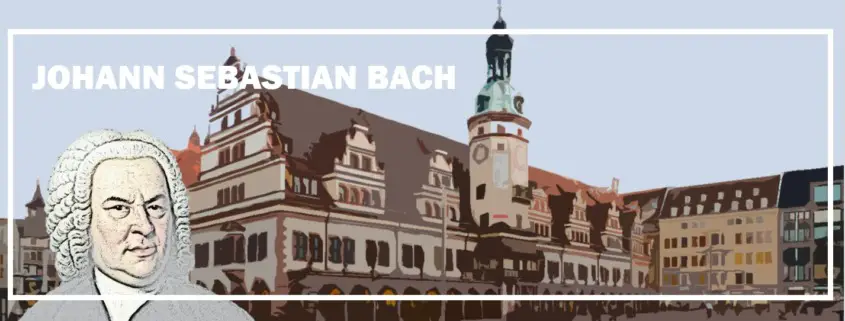
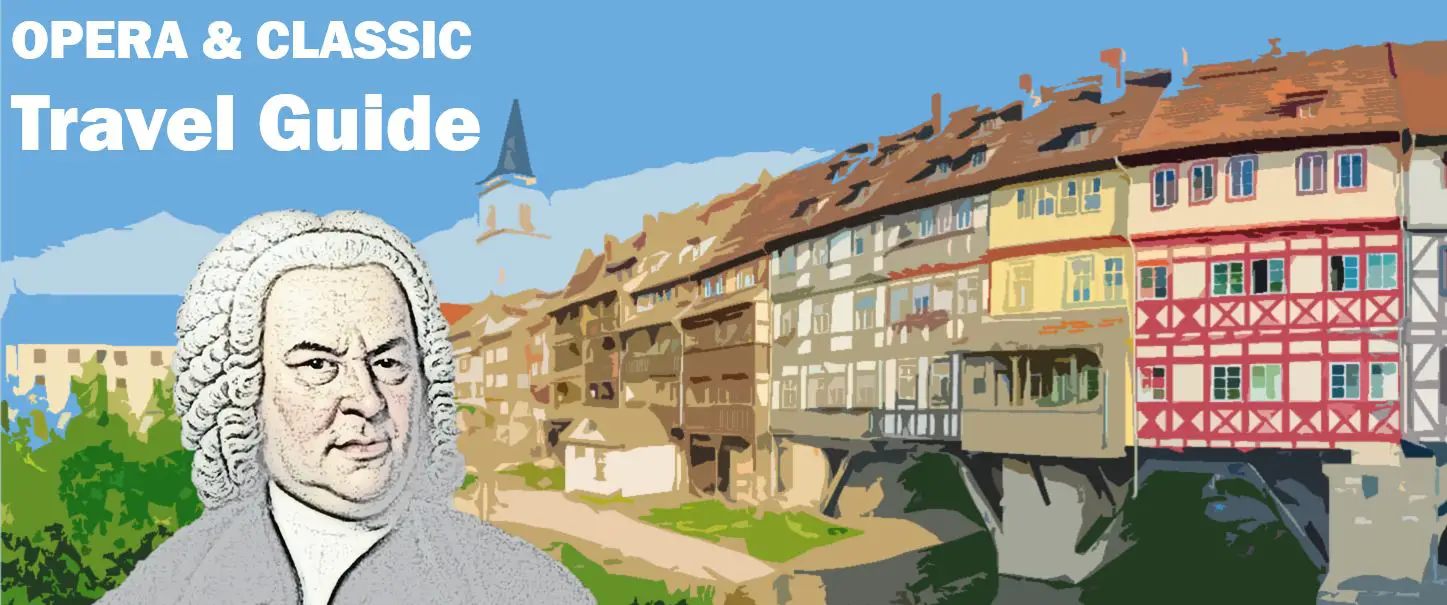
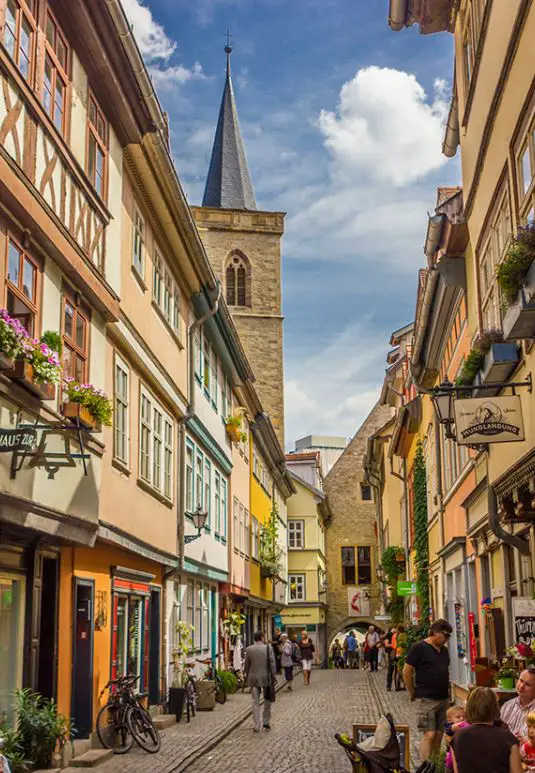

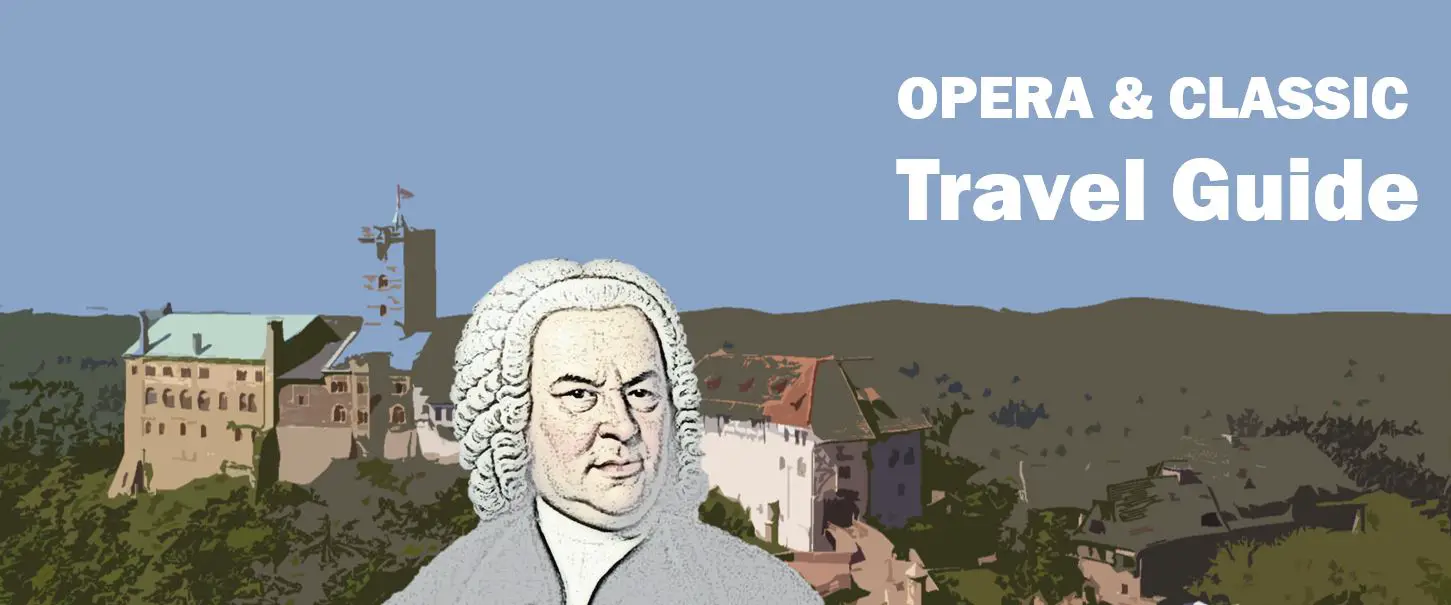
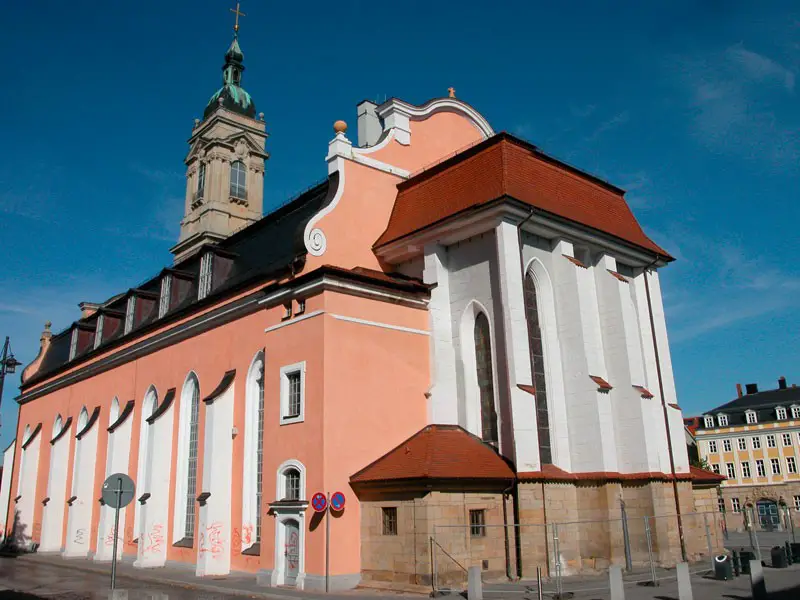

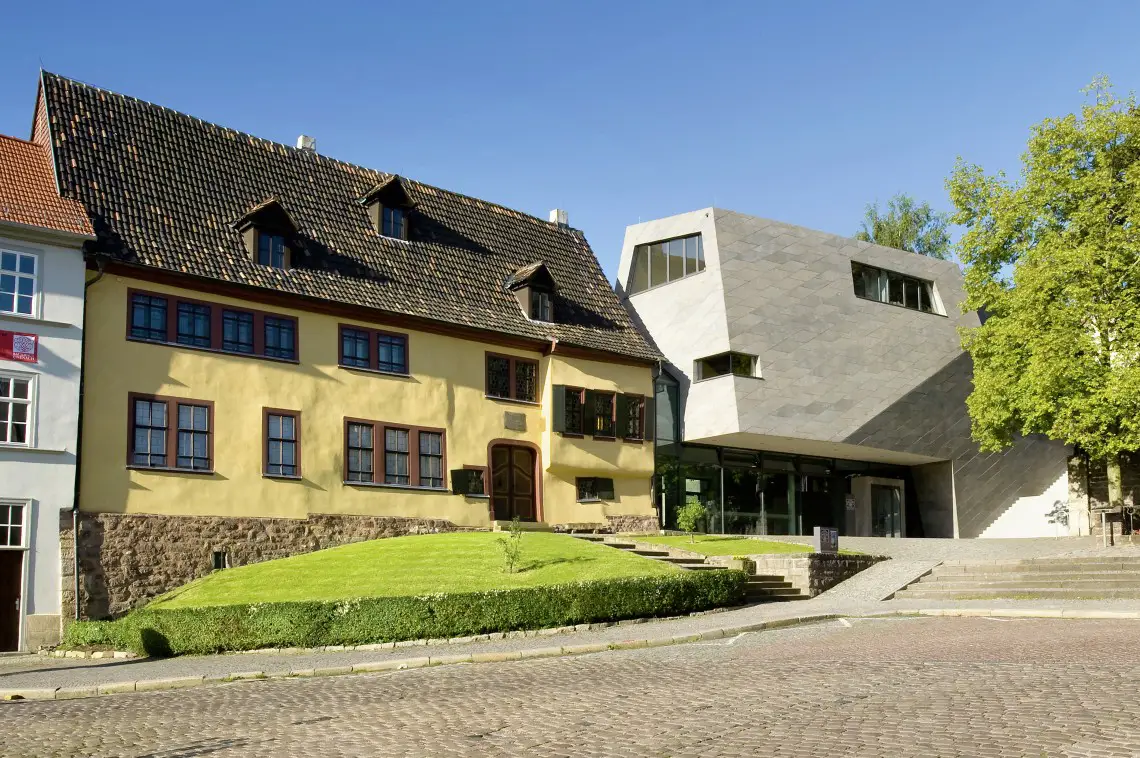
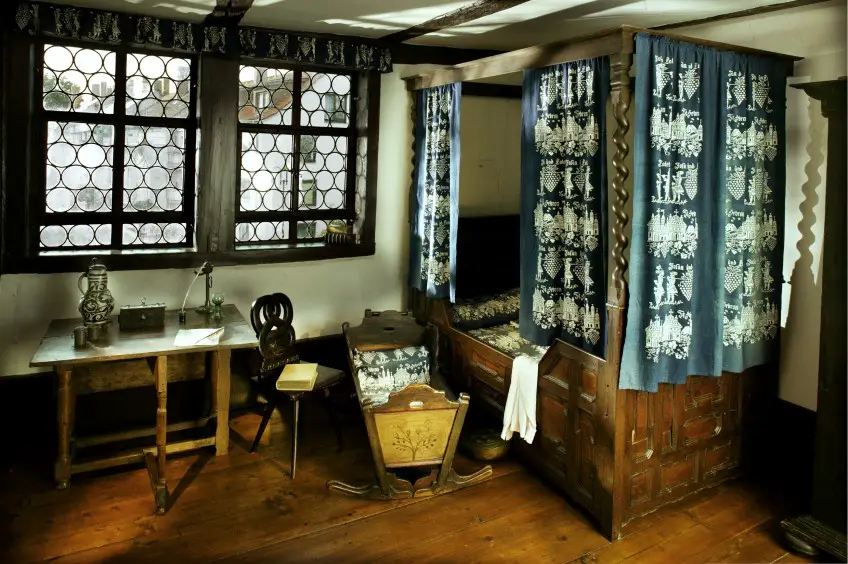
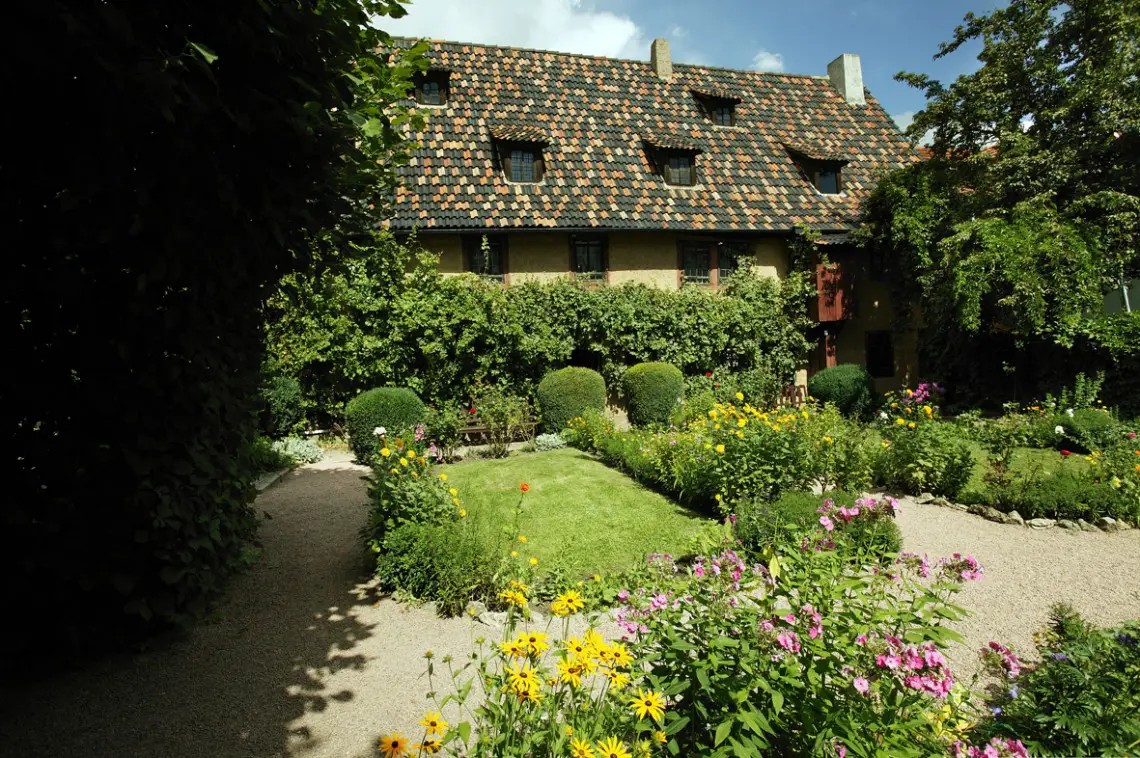
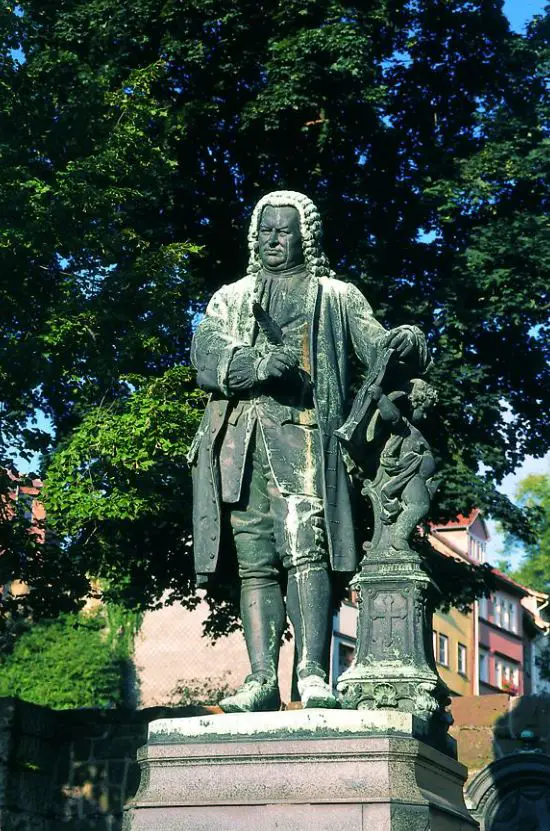
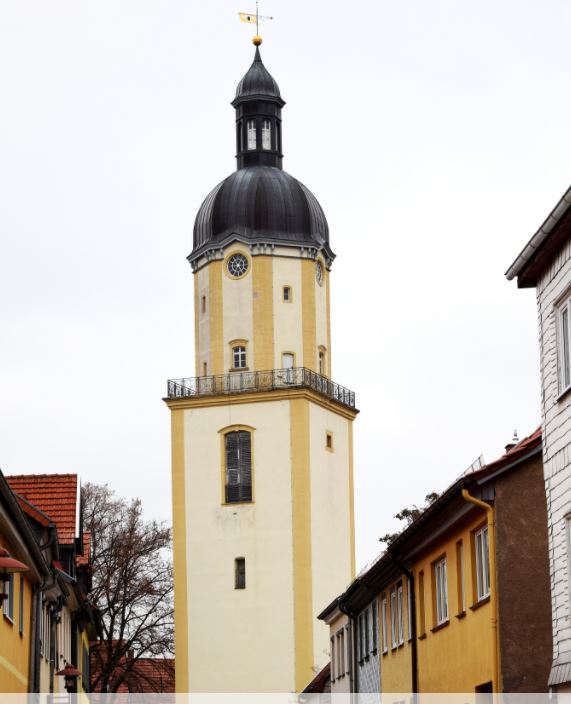
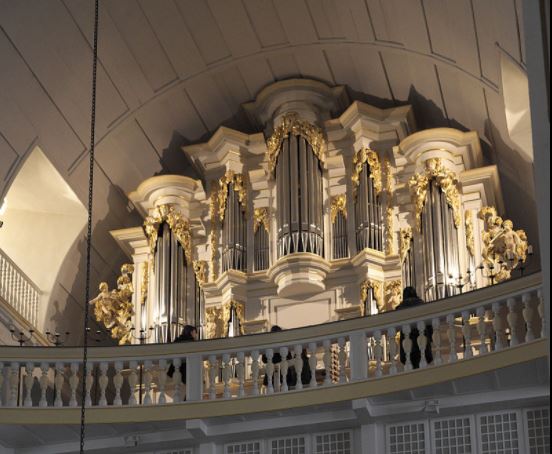
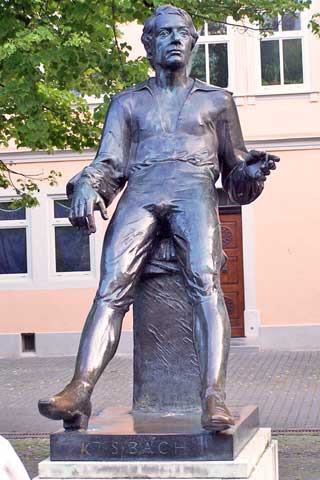
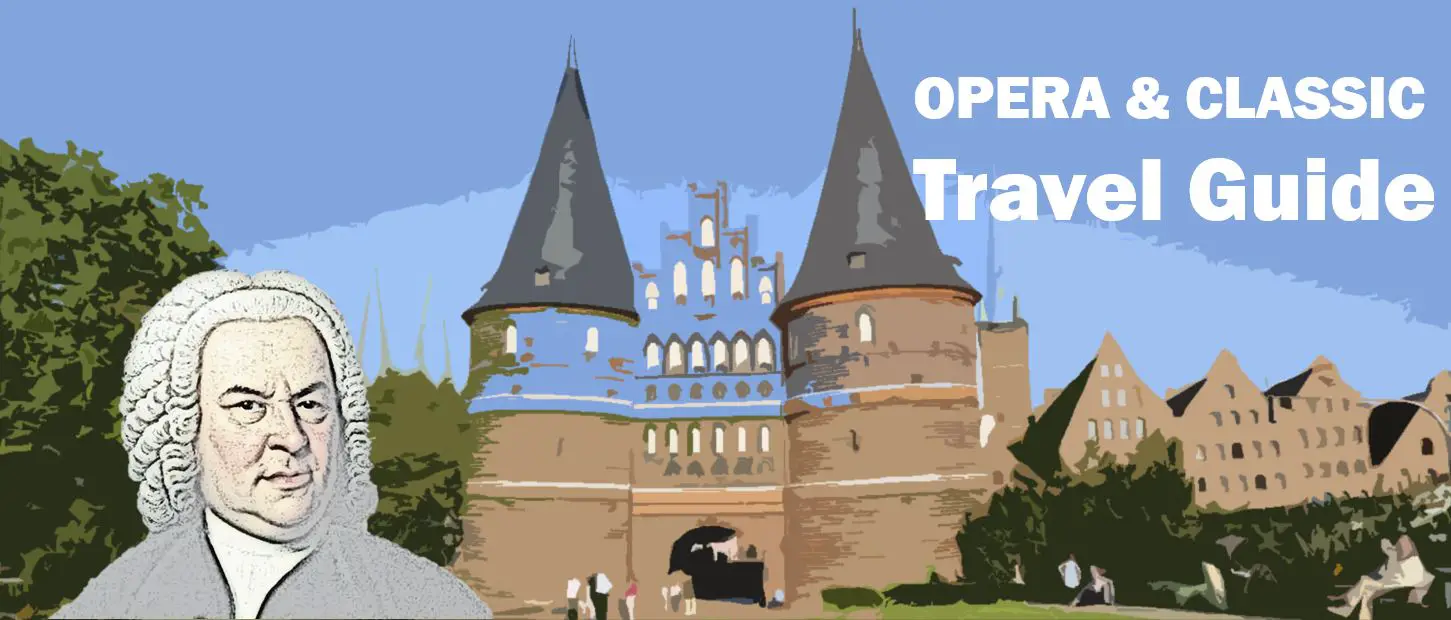
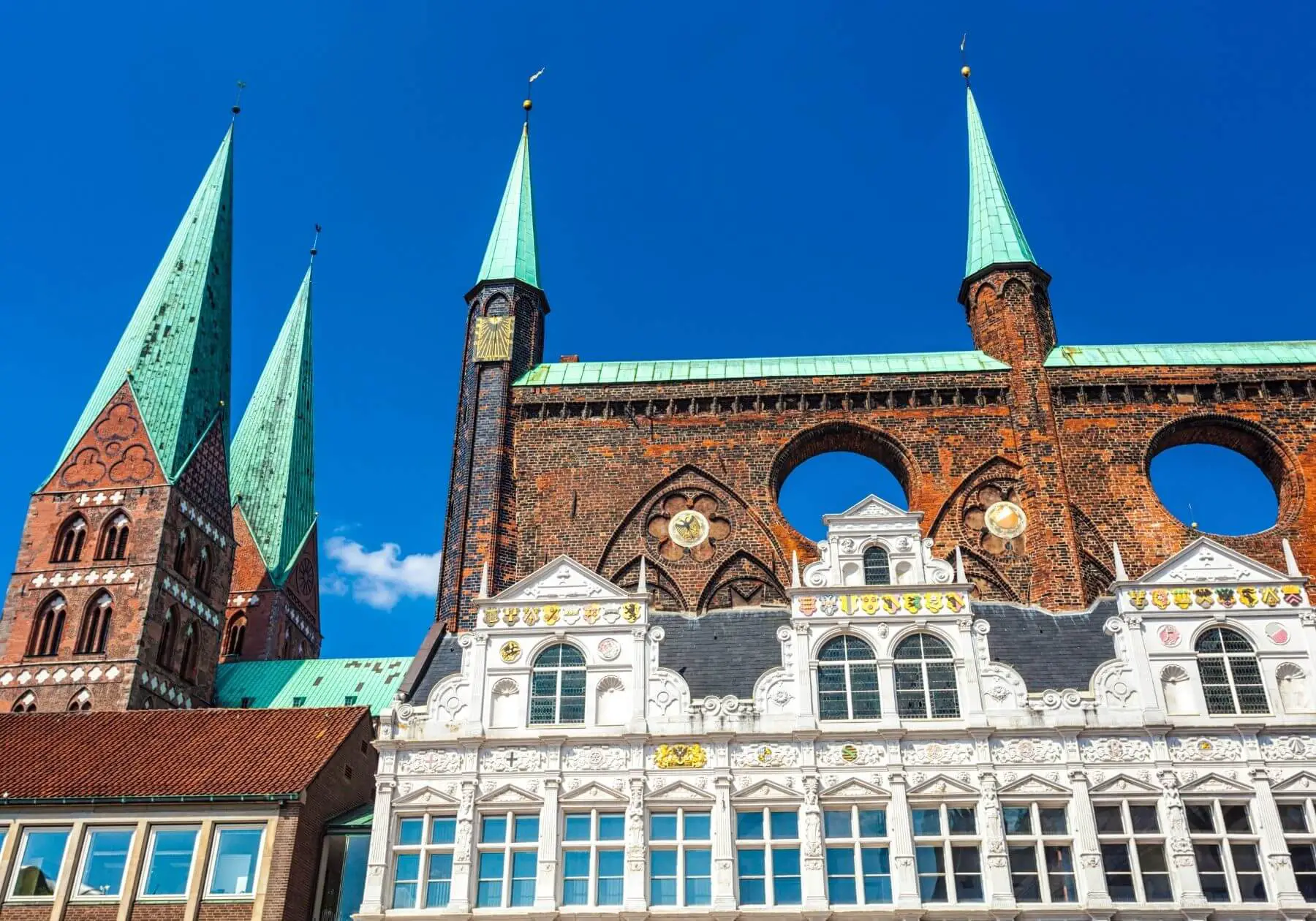
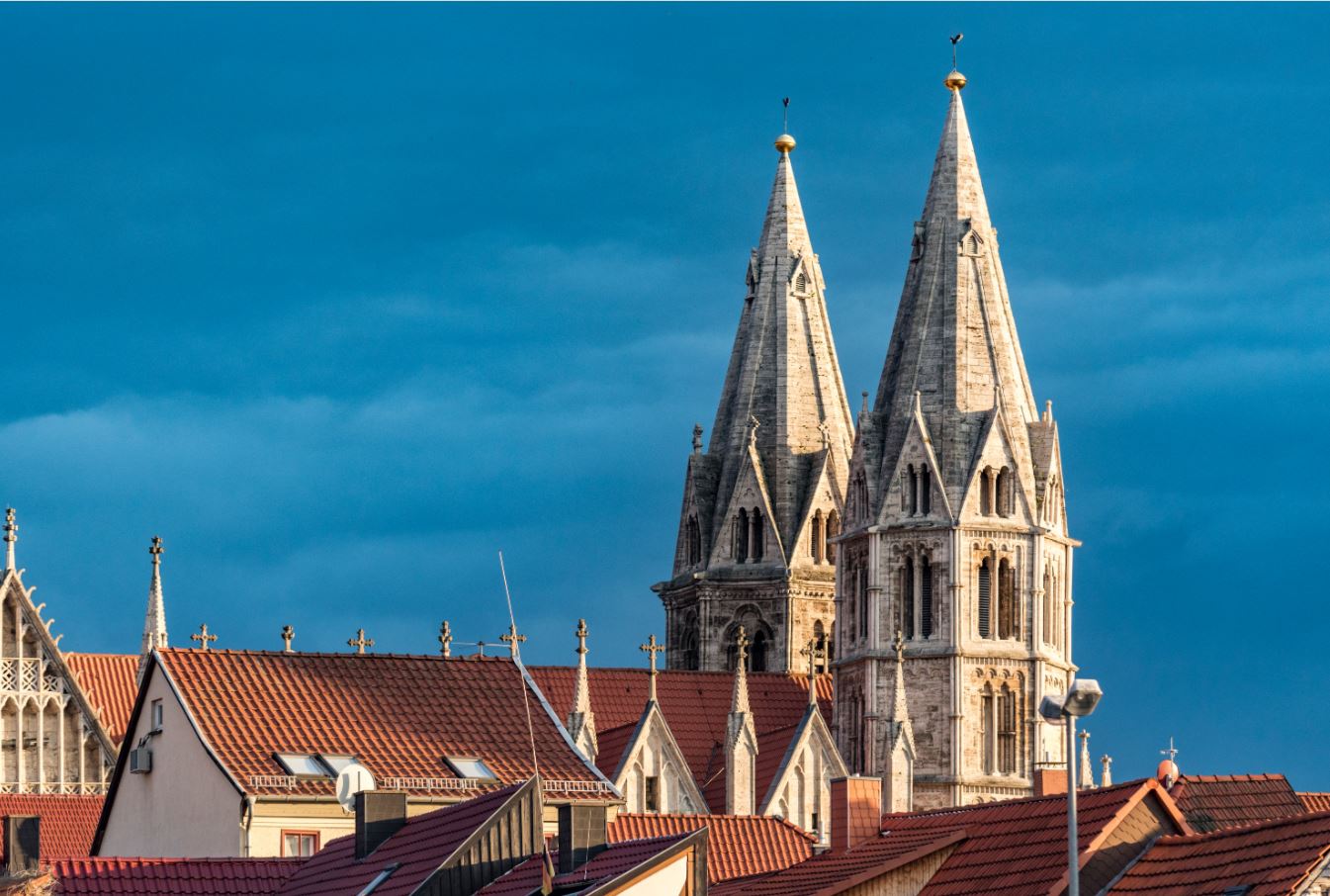
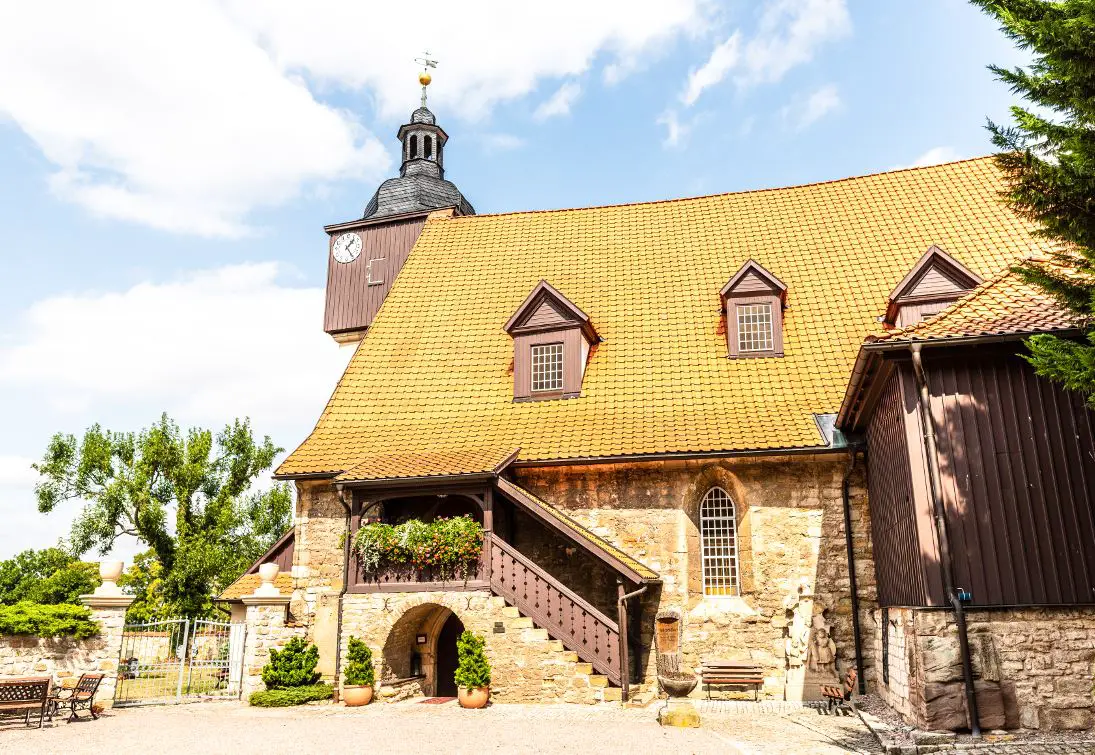
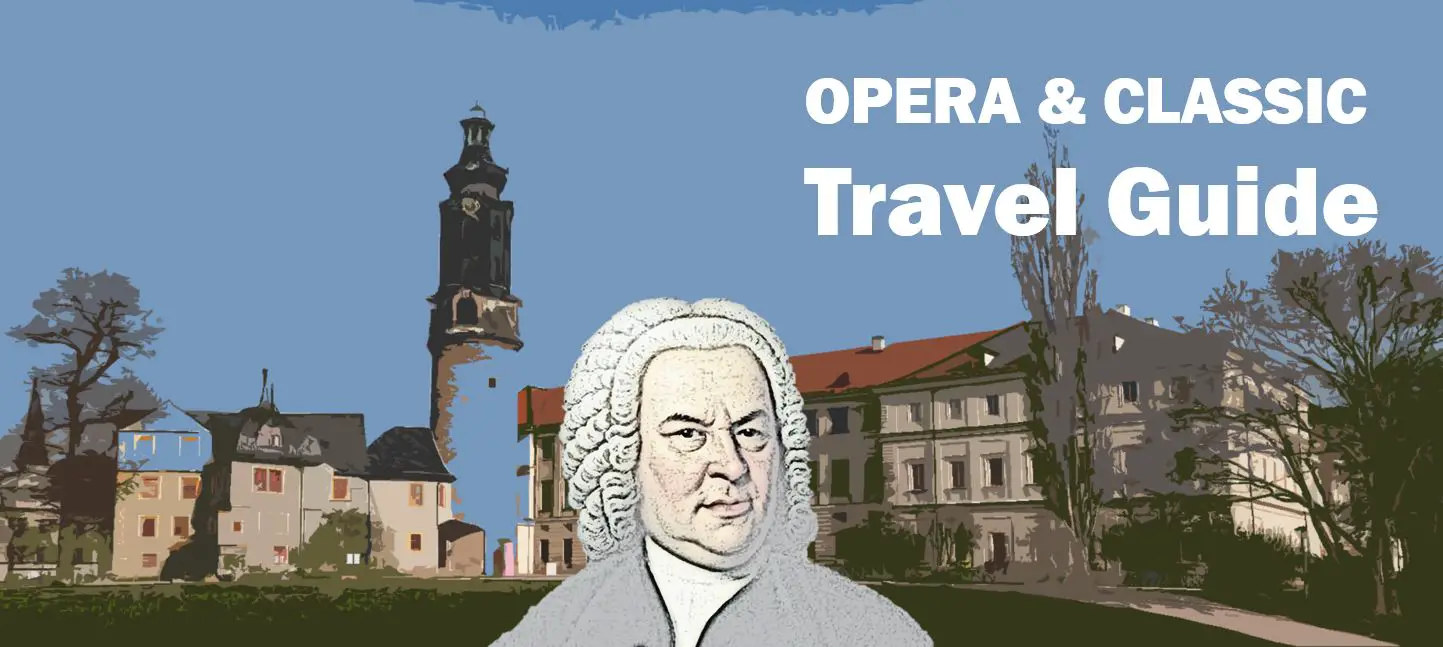
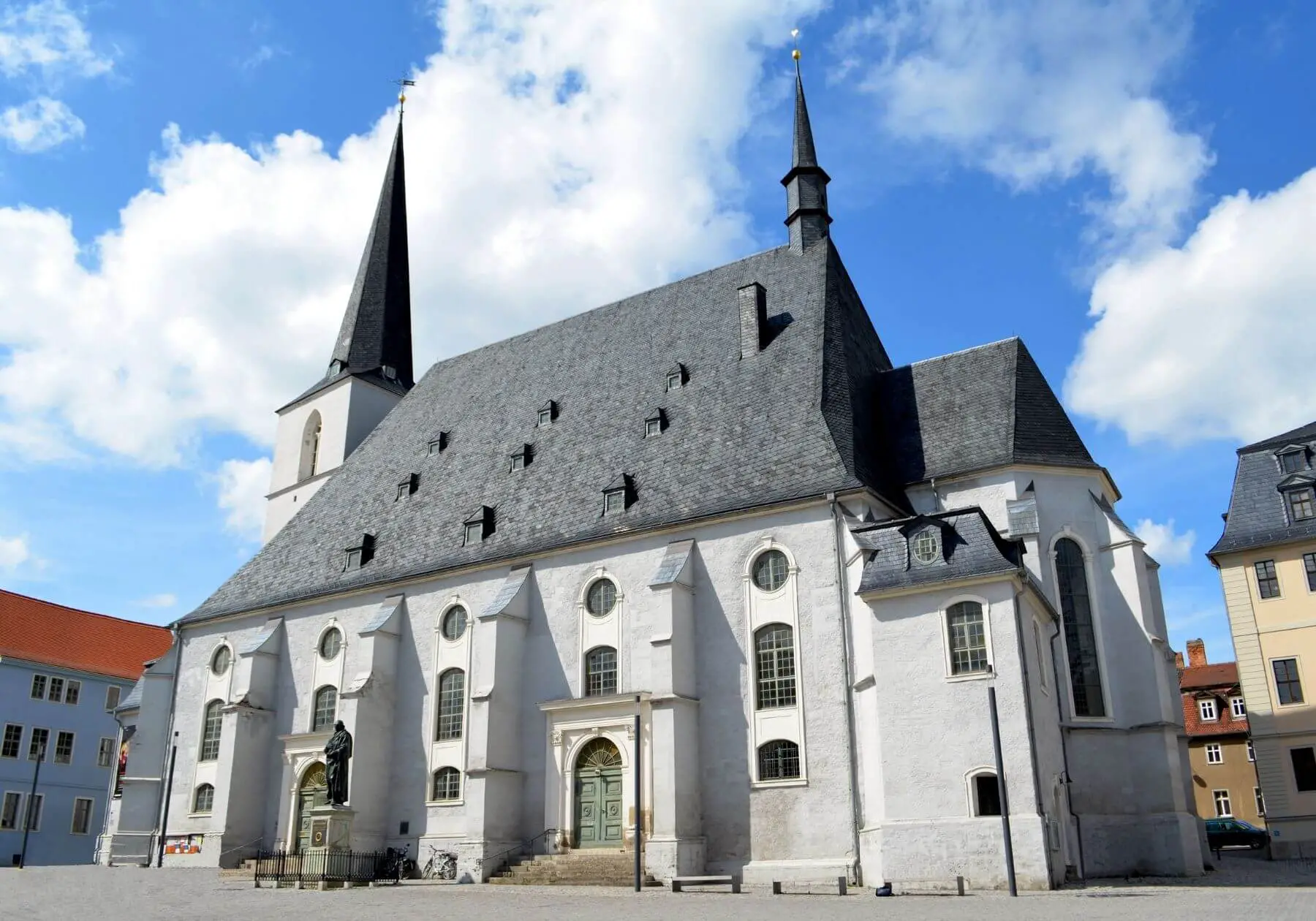
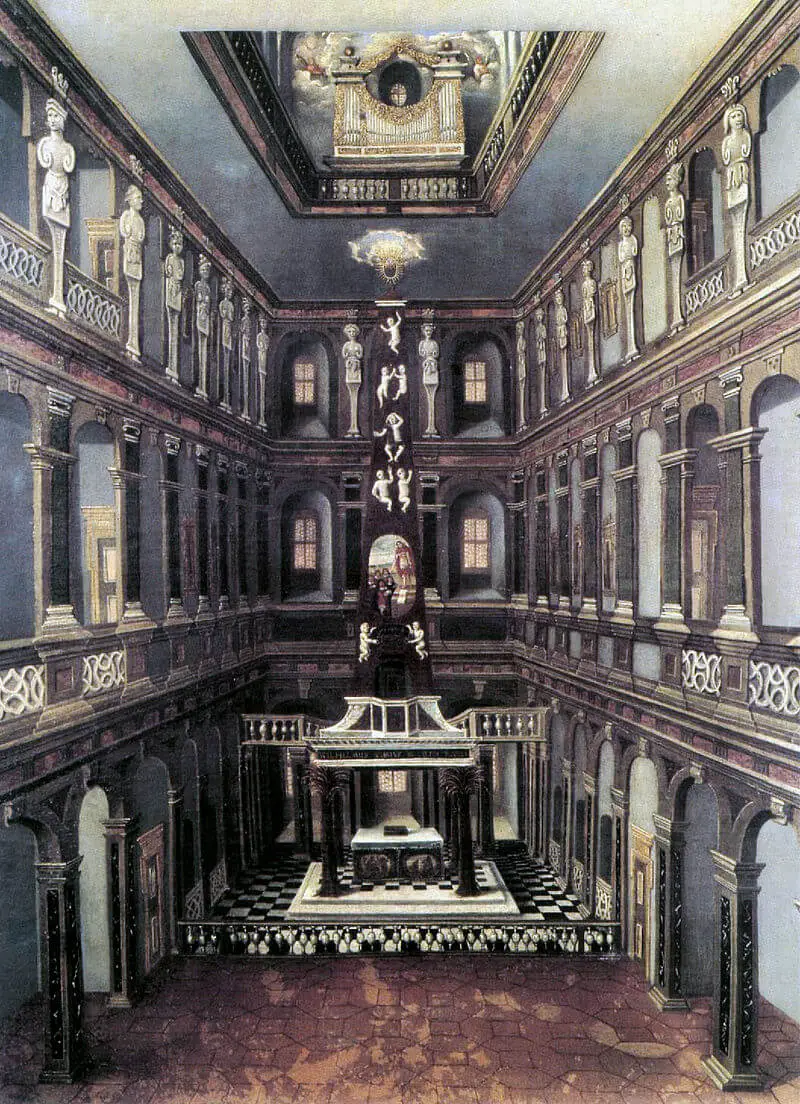
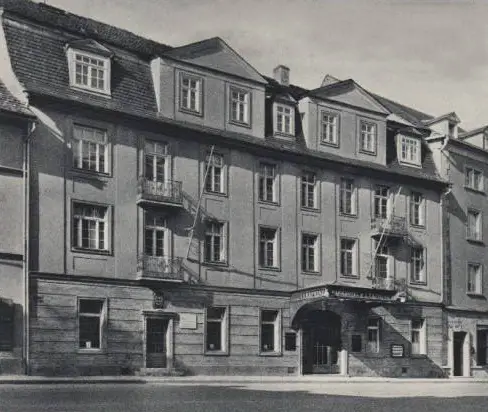
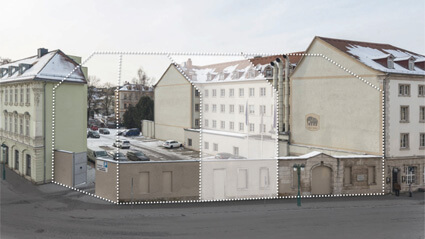

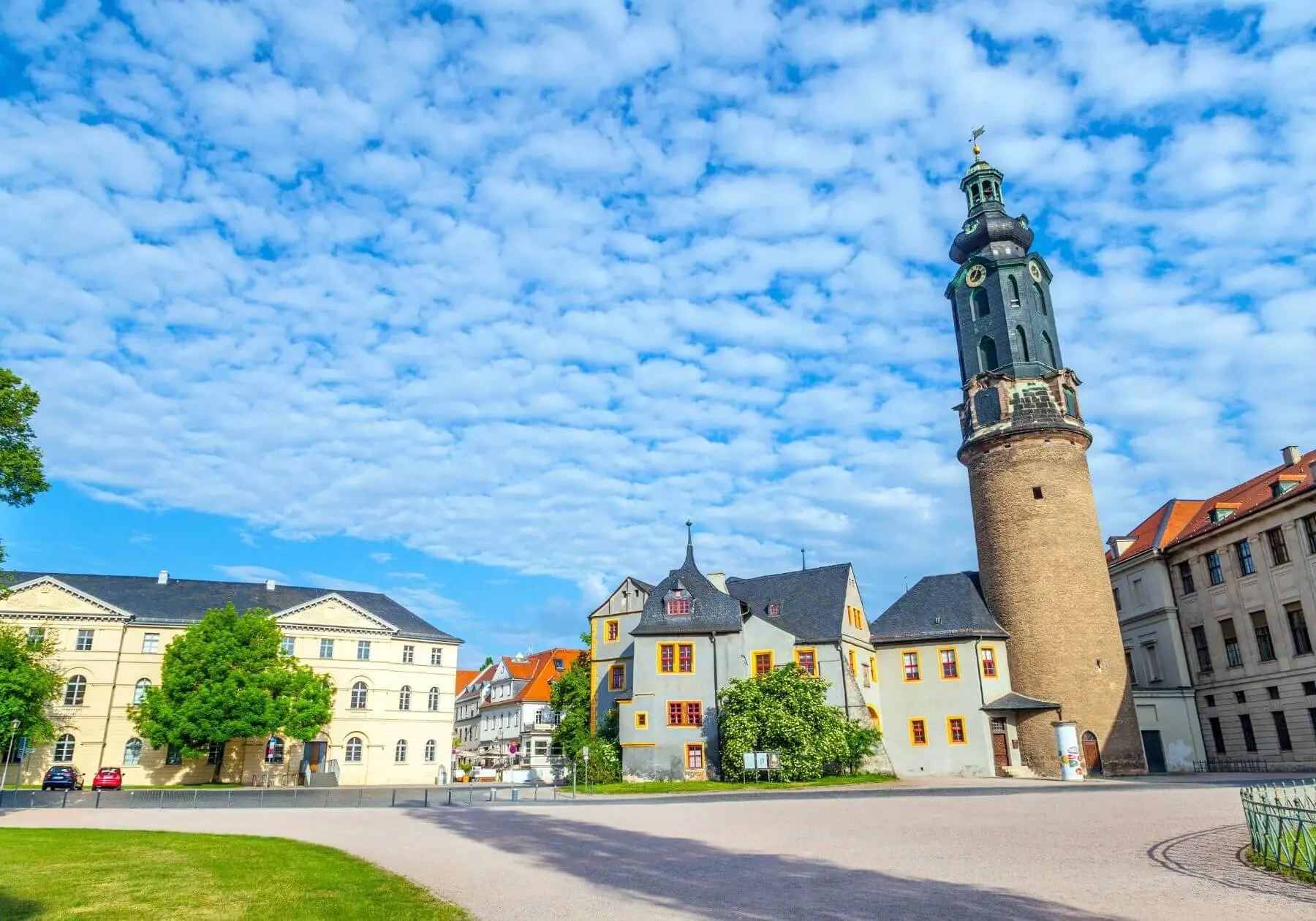
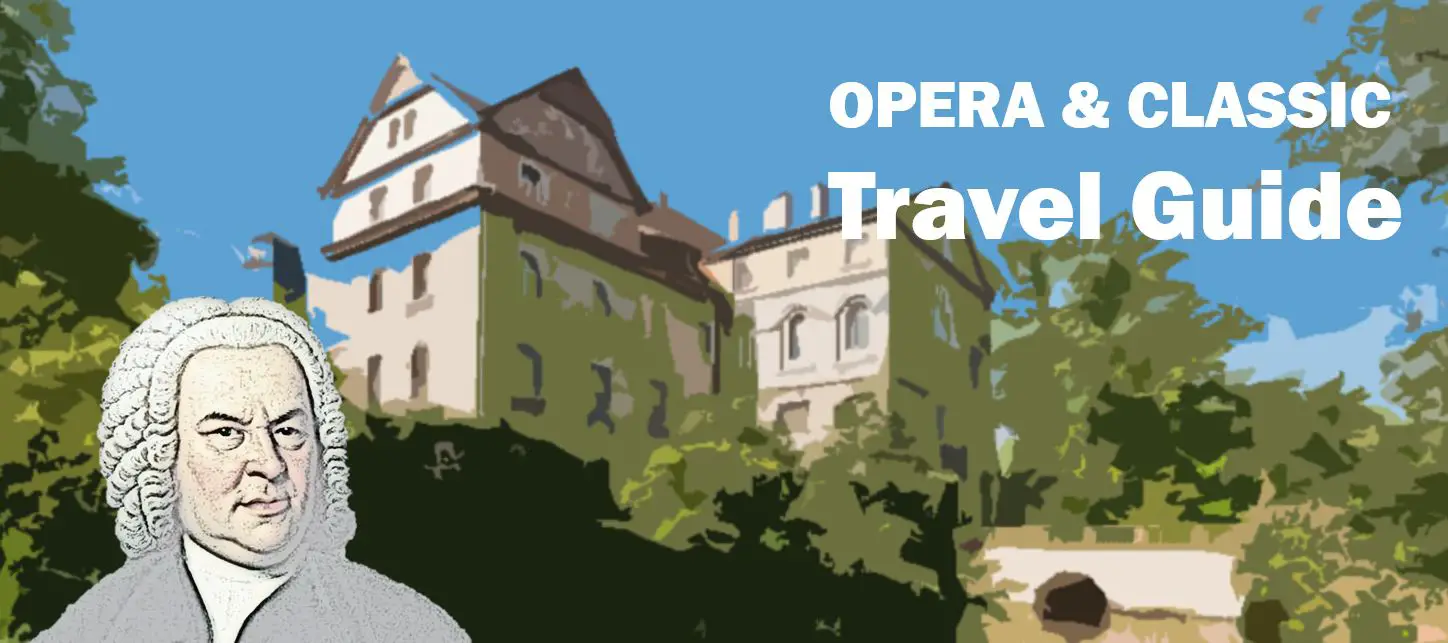
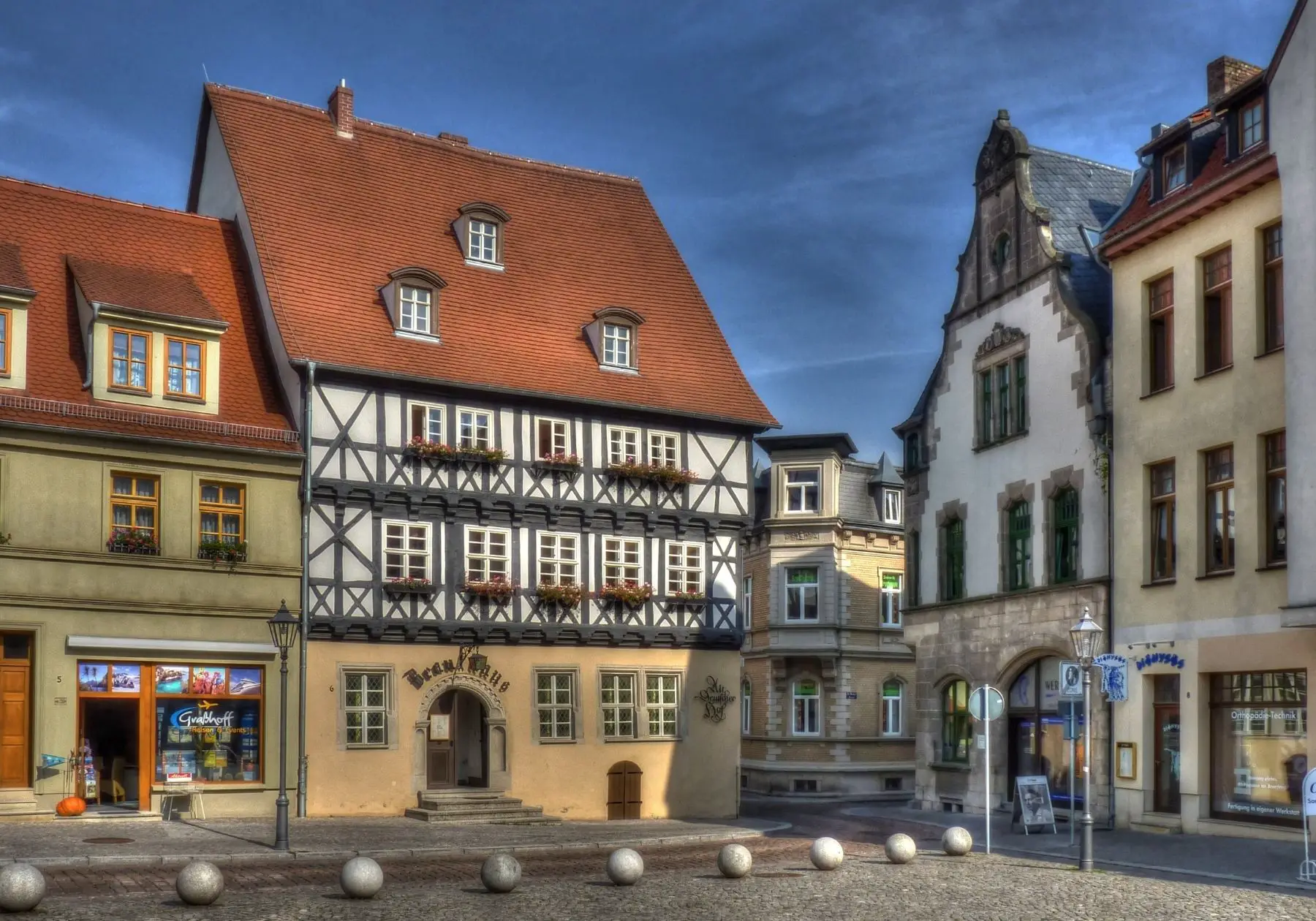
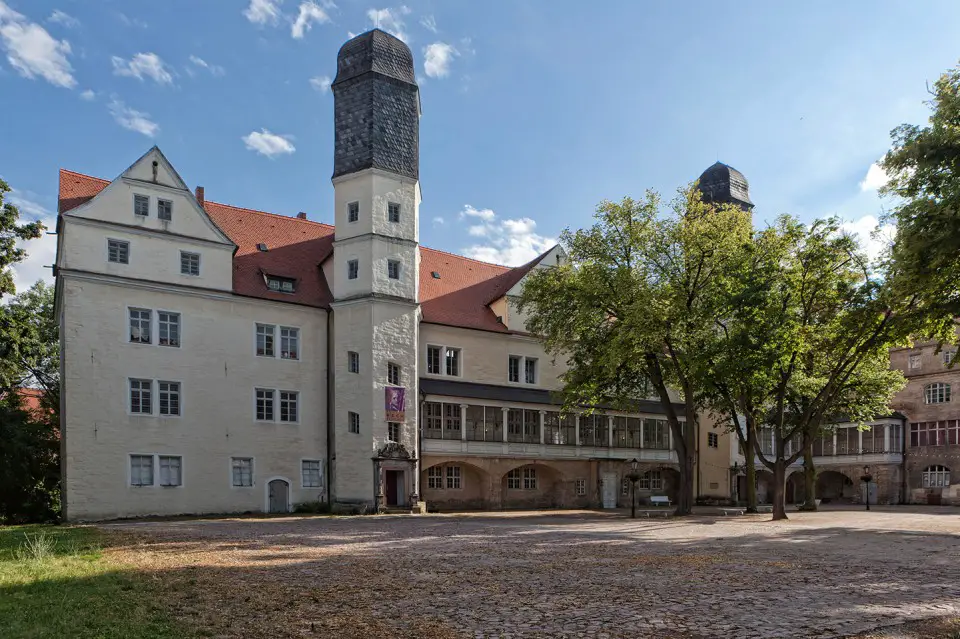
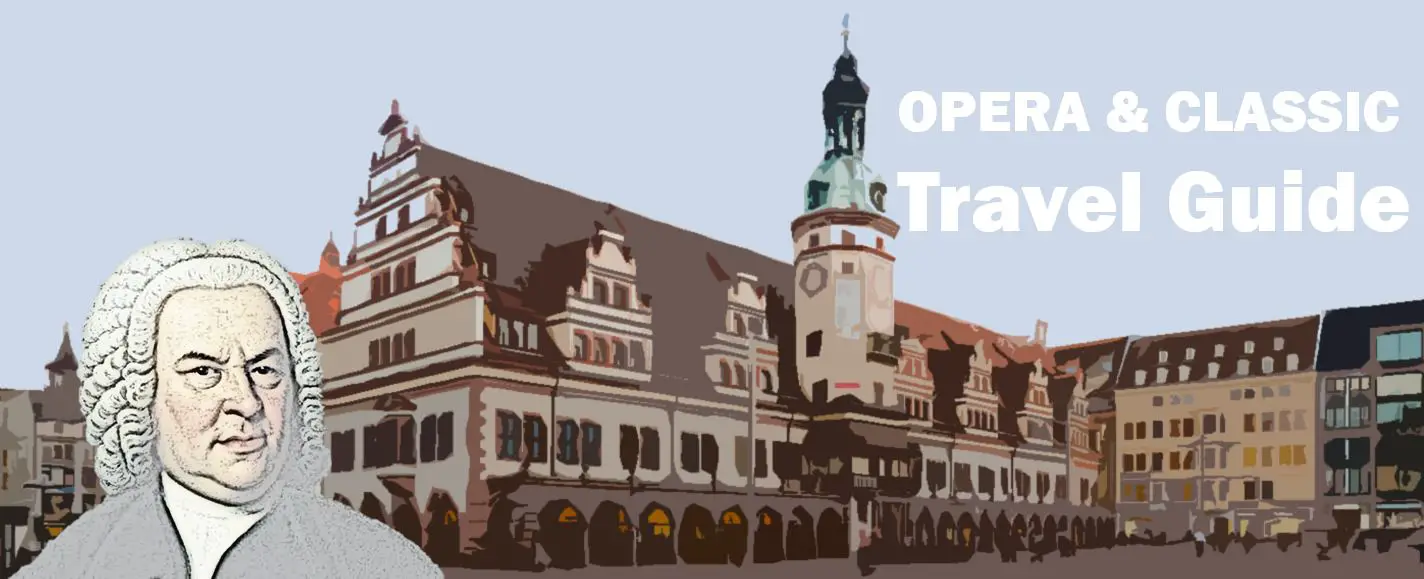
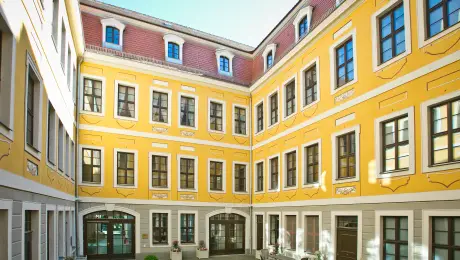
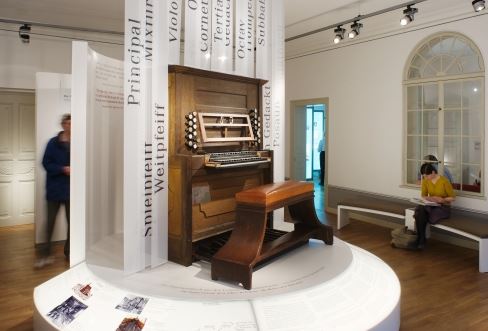
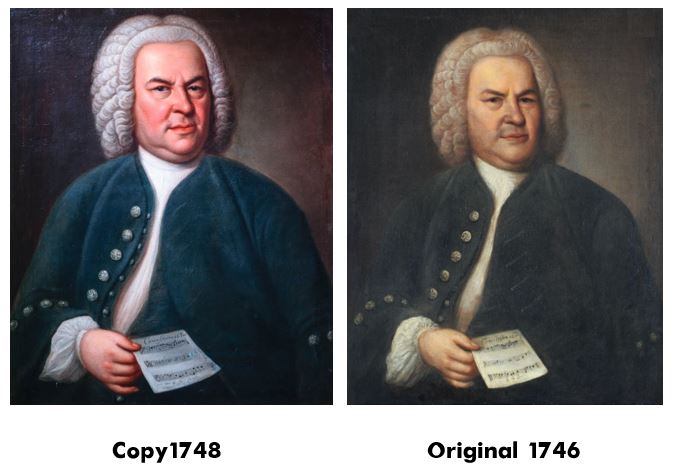
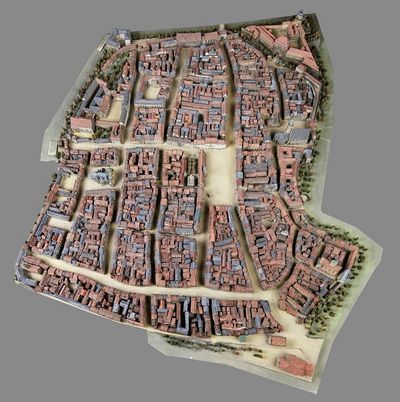
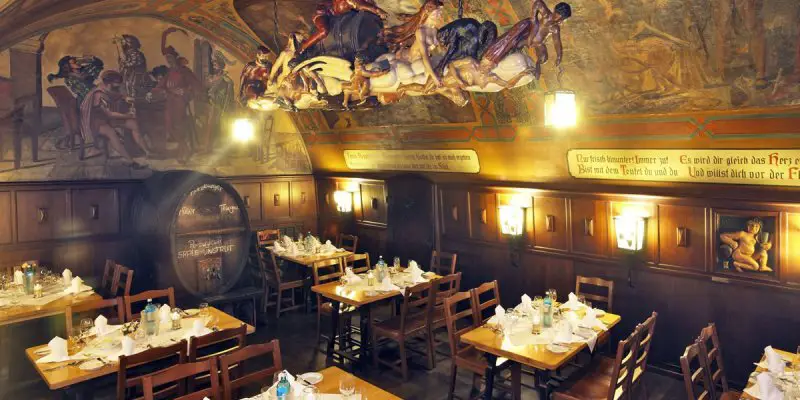
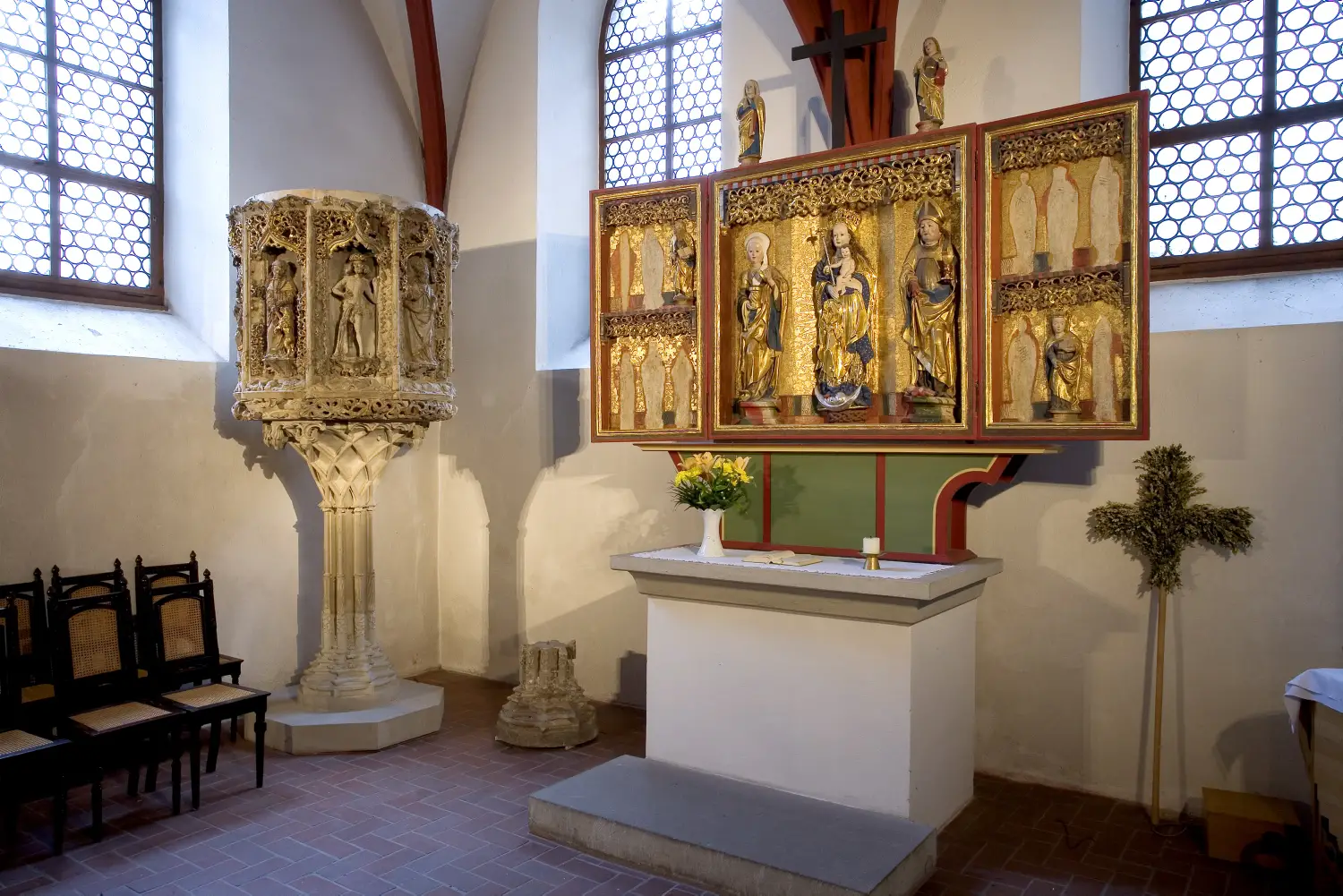
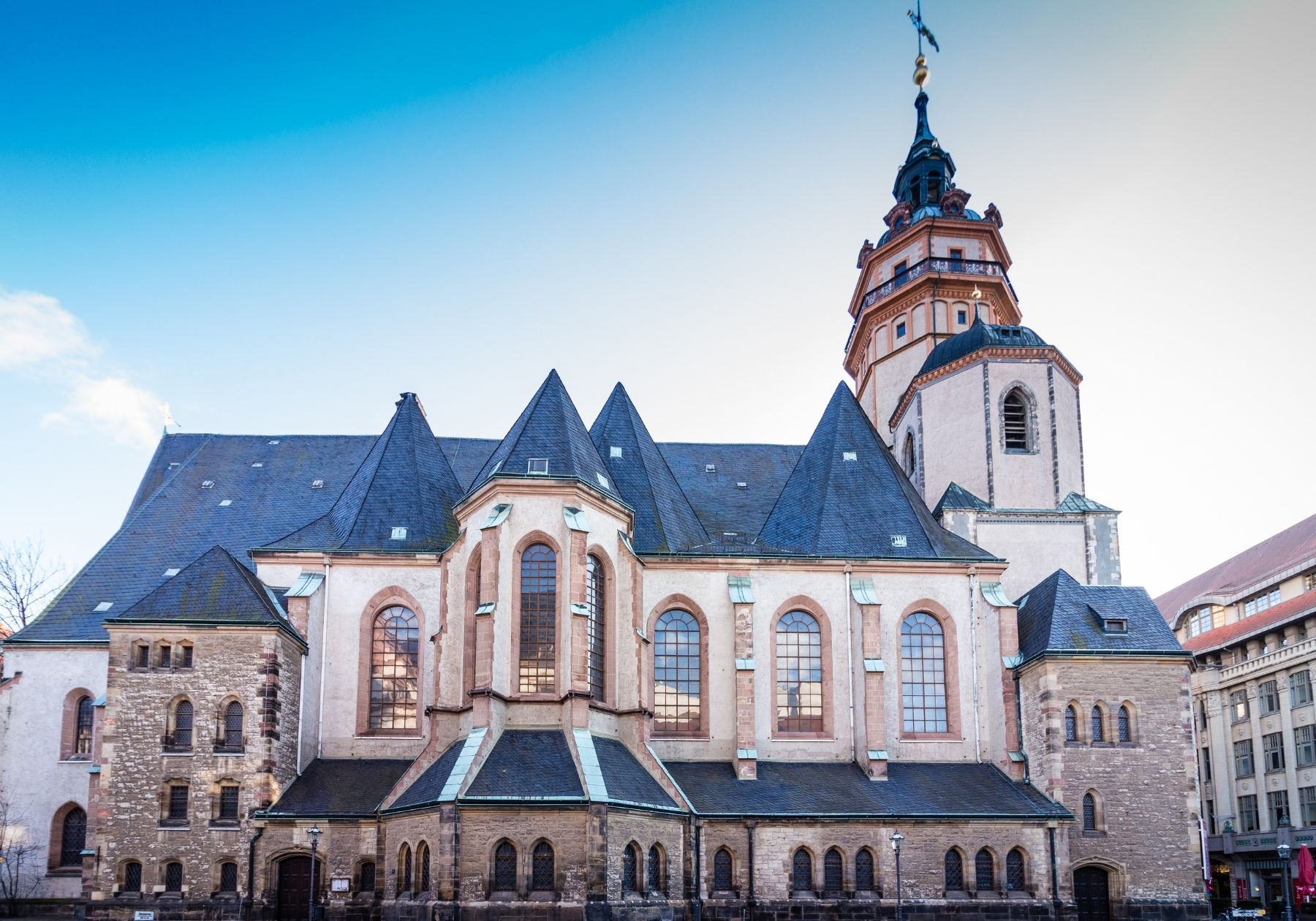
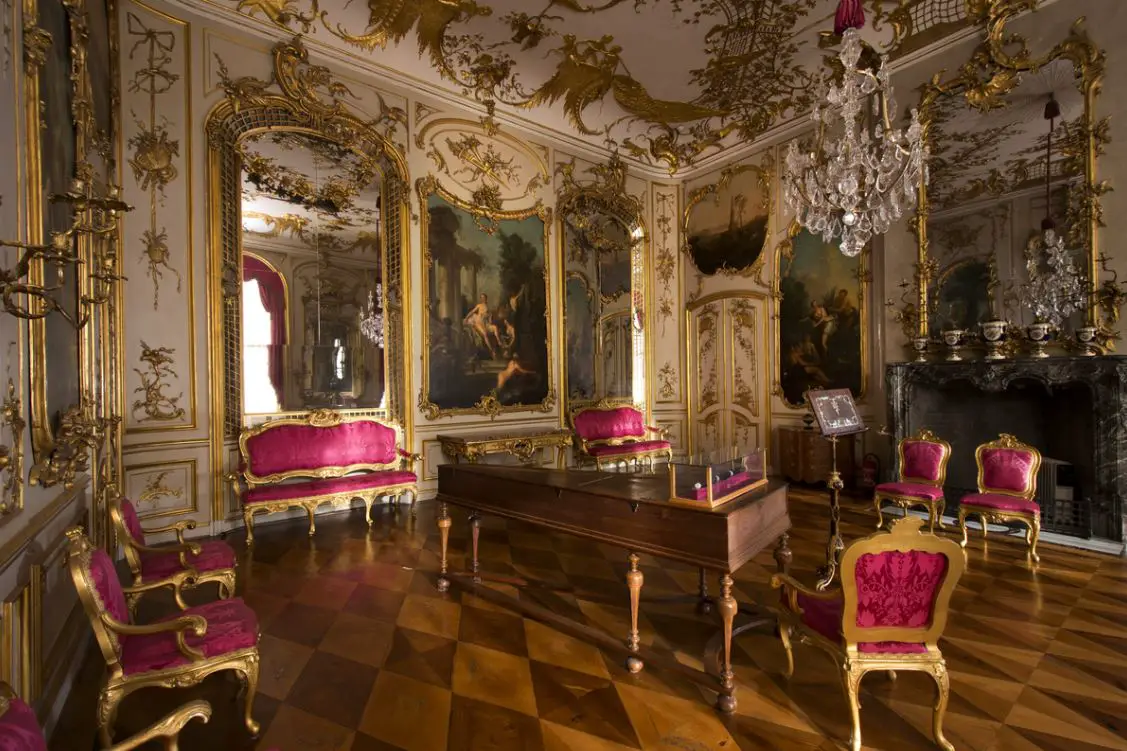
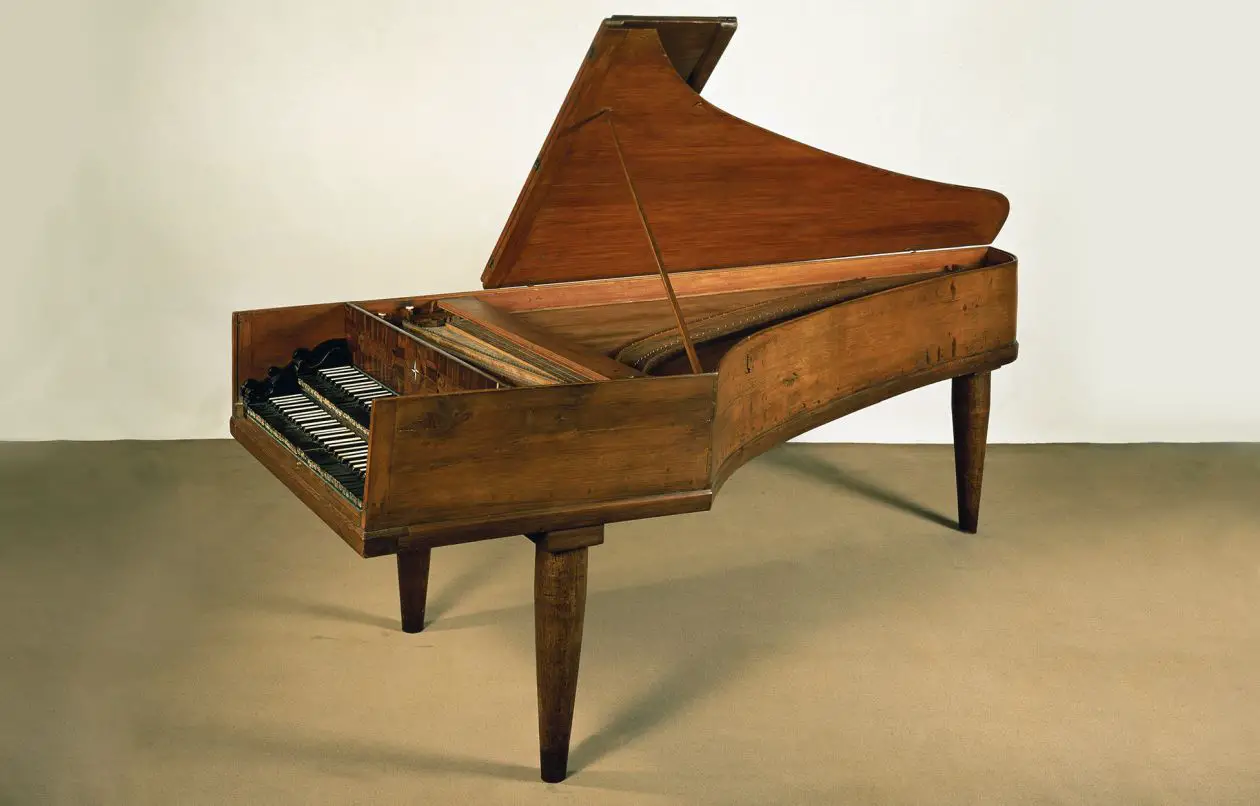
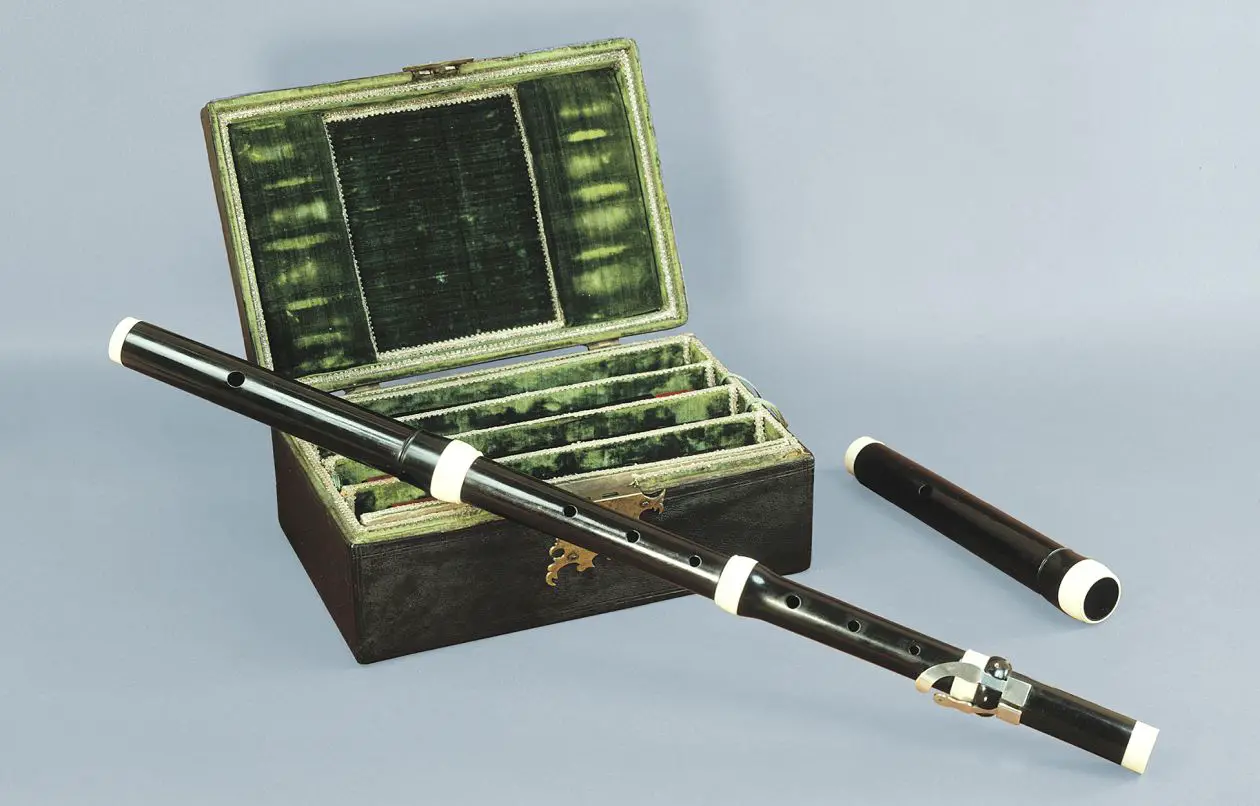
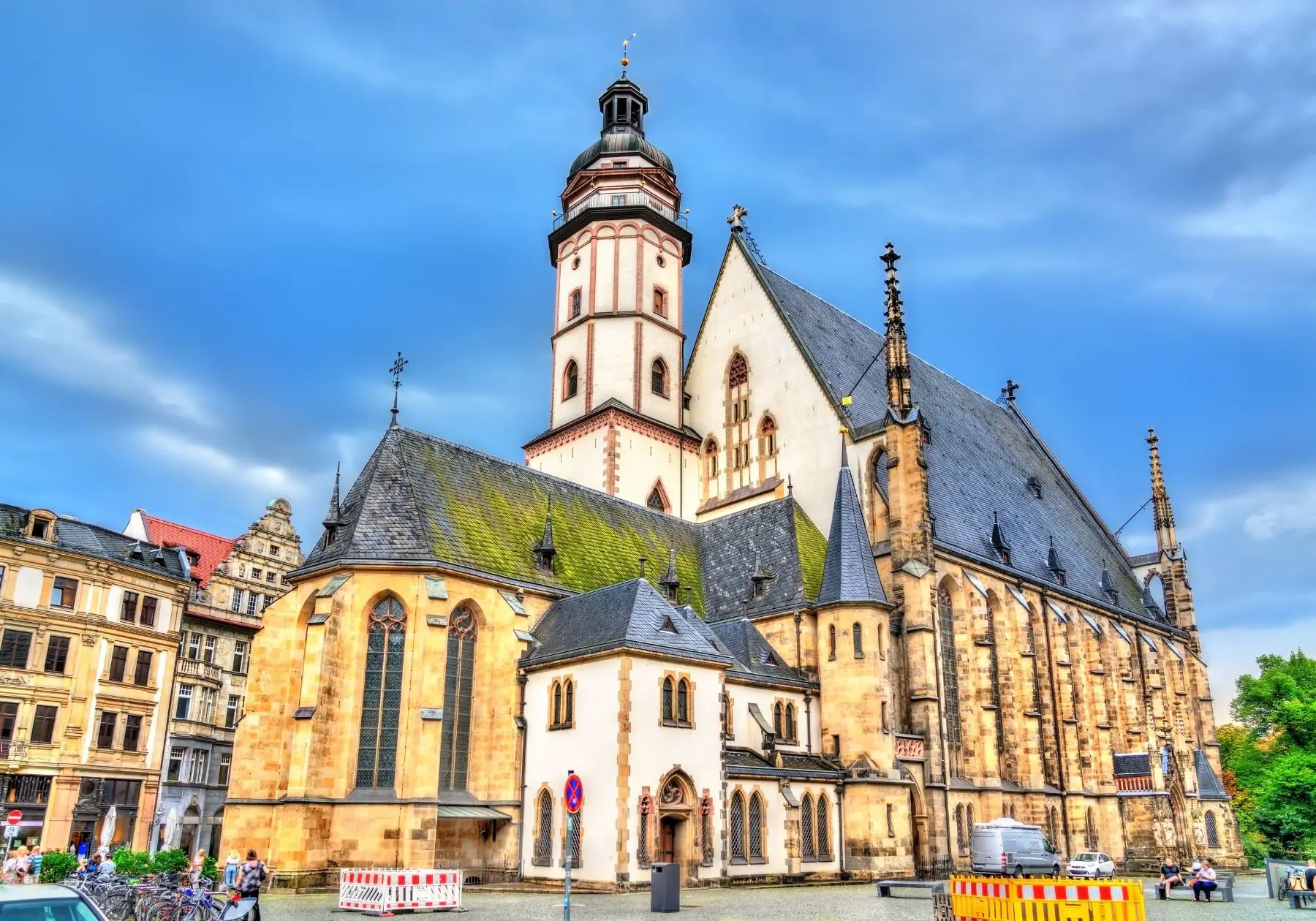
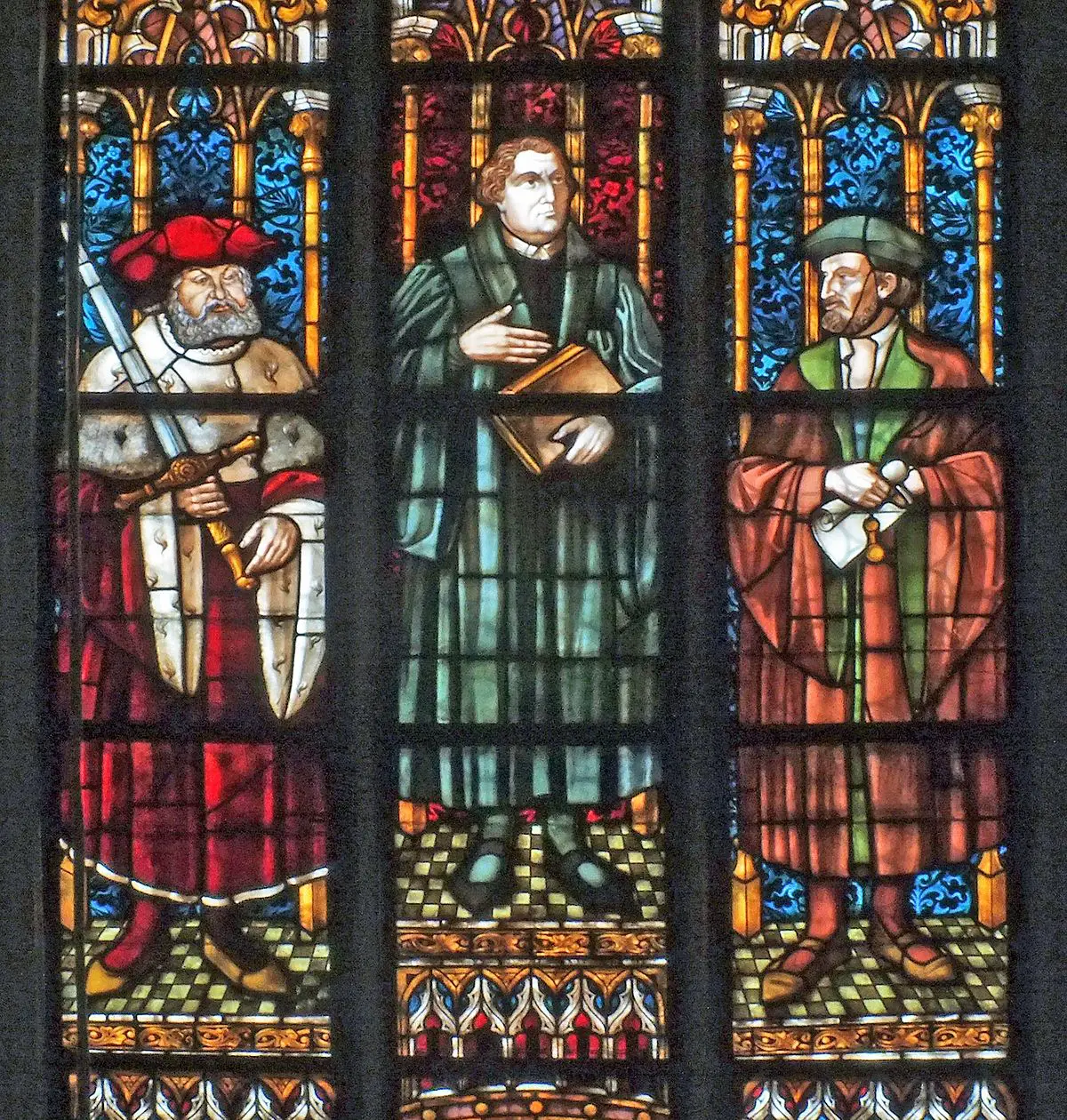
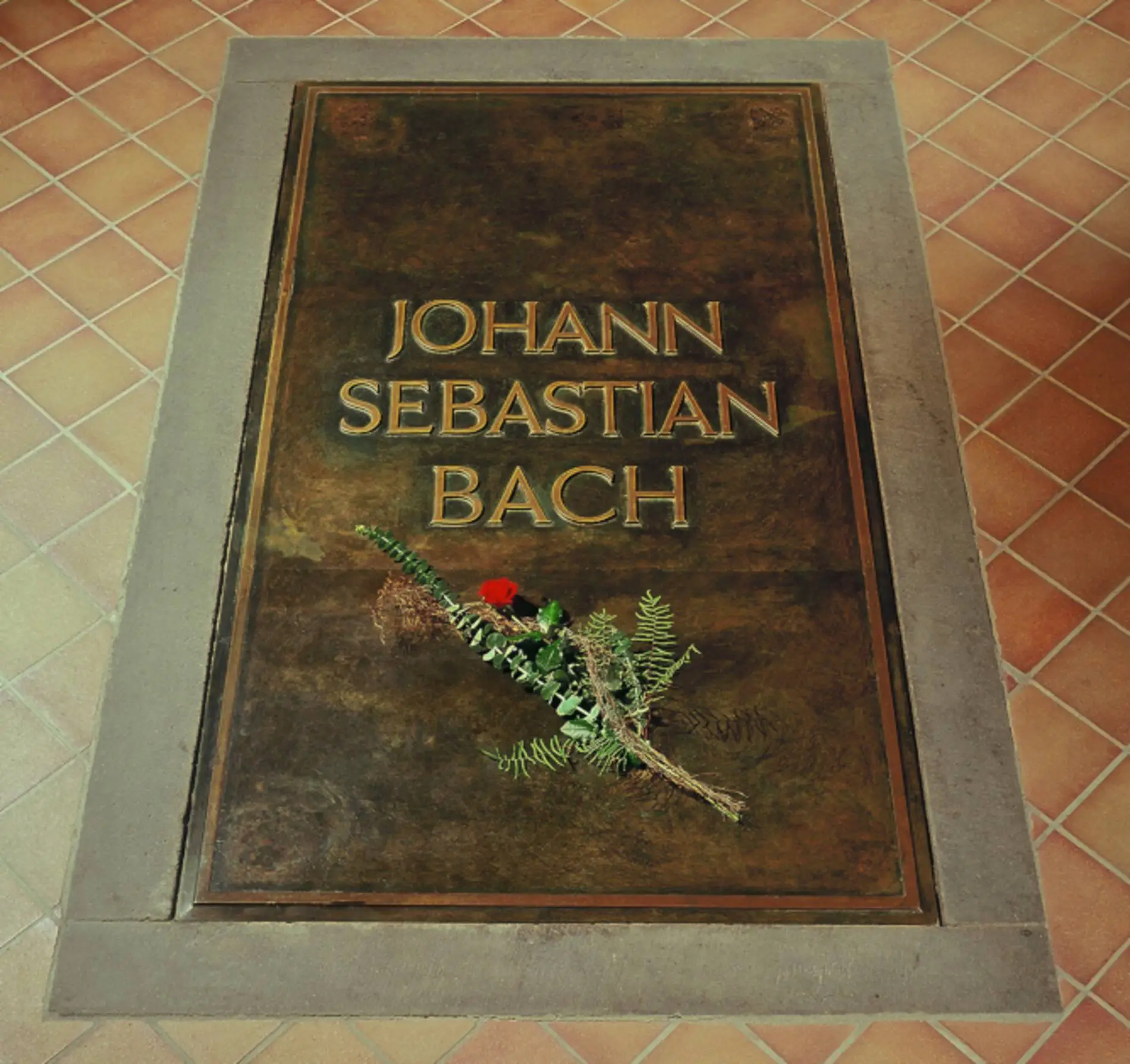
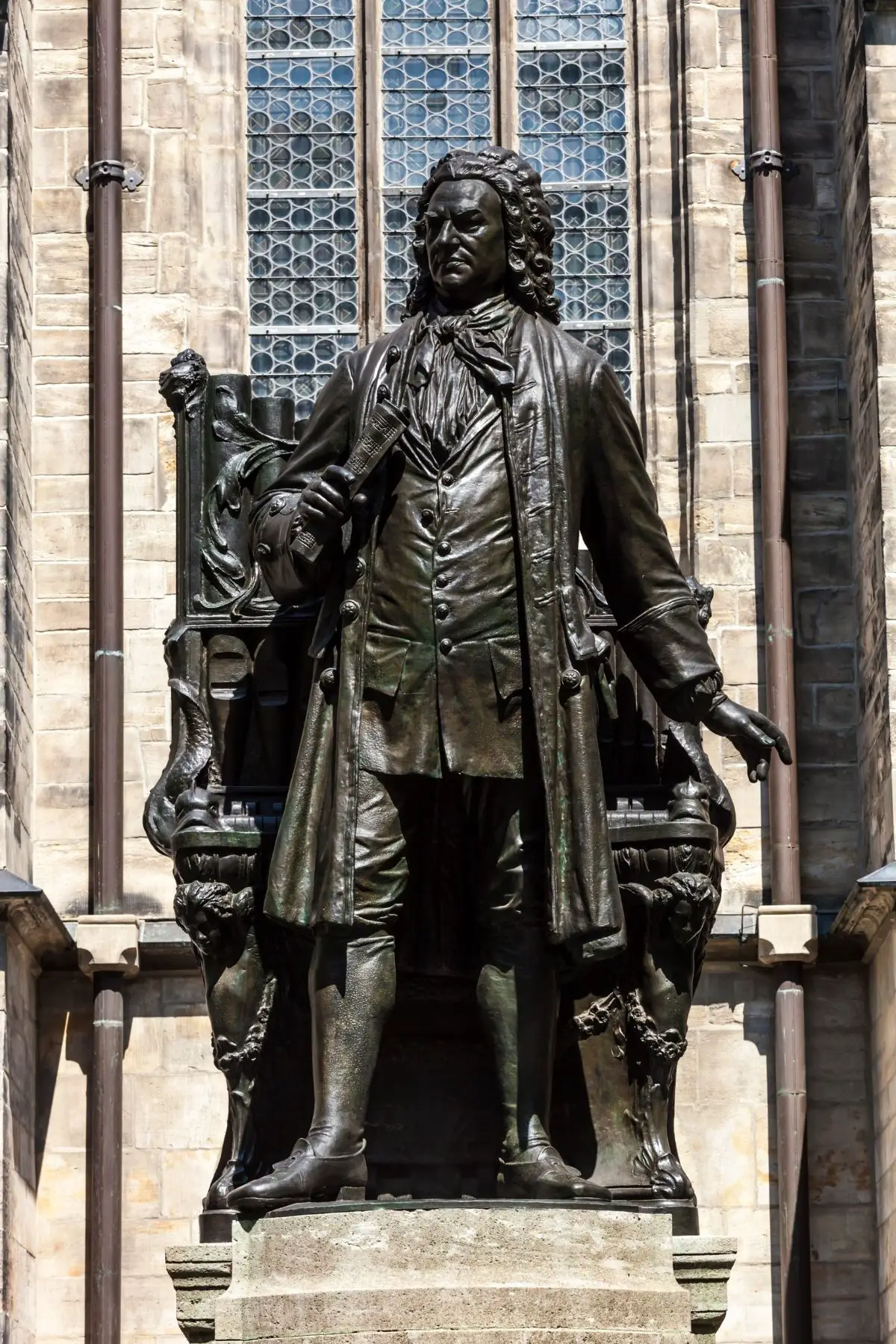


Leave a Reply
Want to join the discussion?Feel free to contribute!